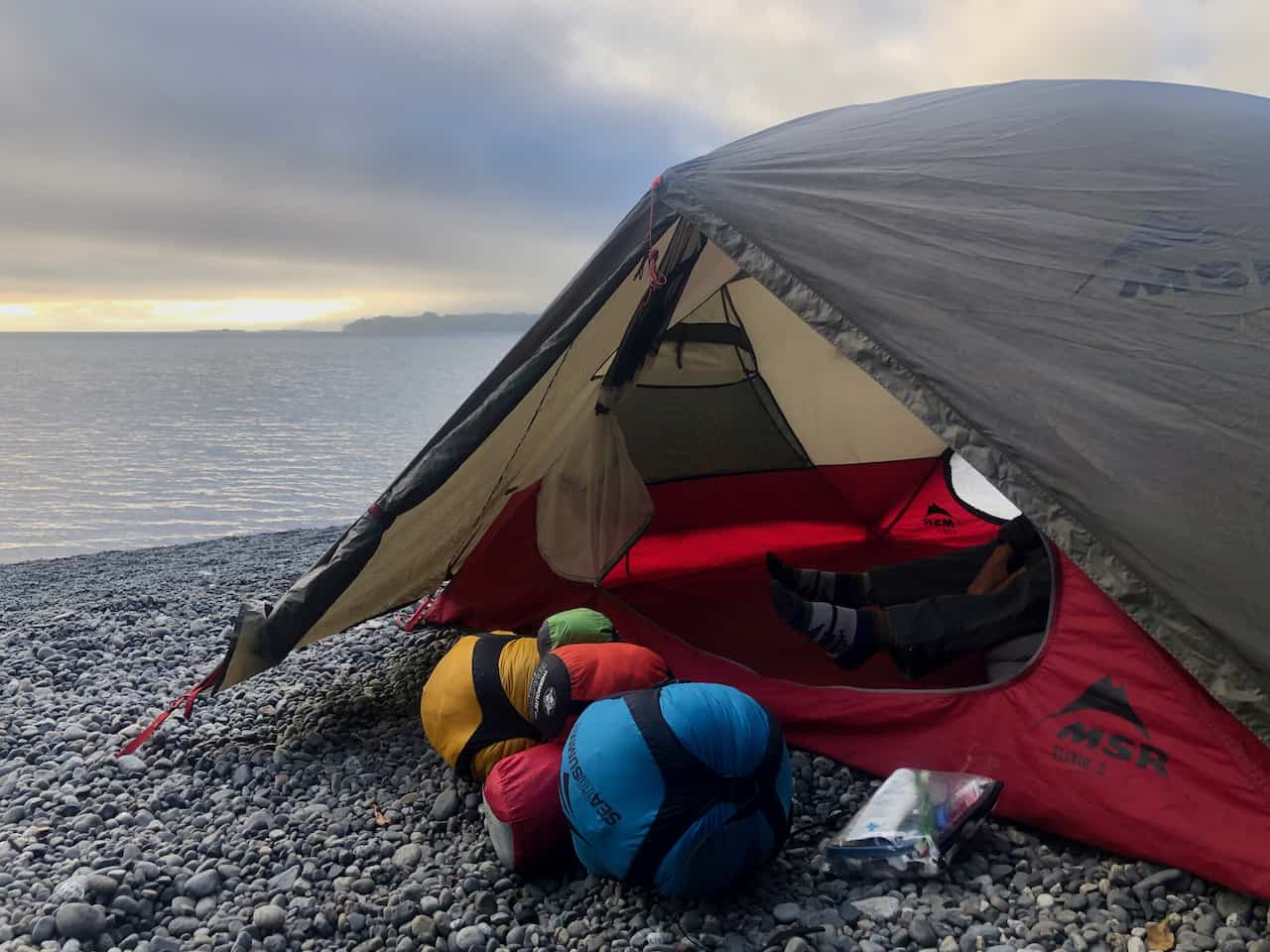
Lakes and vulcanos
and some history
After more than 1.5 months we leave the iconic Carretera Austral behind us. It was beautiful and heavy and it was beautiful. We’re looking forward to something different, something fresh! An appointment in Santiago on February 1 gives us another 12 days to cycle and catch a bus to the capital. On the map we see a series of lakes to the north of us. Just west of there is the highway straight through Chile and west of there is the coast. The thought of cooling freshwater swims and camping at the lakes entices us most.
Tipped off by a Chilean, we also discover that routes have already been mapped out that pass along the lakes. We decide to mainly follow the ‘lakes and volcanoes route’. This starts exactly where we turn off the Austral and take a dirt road along an estuary into which a river flows. We have been promised extremely bad surfaces, so we start with some worries and weak knees. It turns out to be a beautiful route! And that bad ‘ripio’, that’s not too bad for us. We cycle between rock walls and abysses and look out over the water. We see fish farms and salmon in various places. The next day the ripio turns out to be much worse. To our surprise, the cars rumble past us almost continuously on the narrow road. It turns out to be a more touristy zone than we expected.

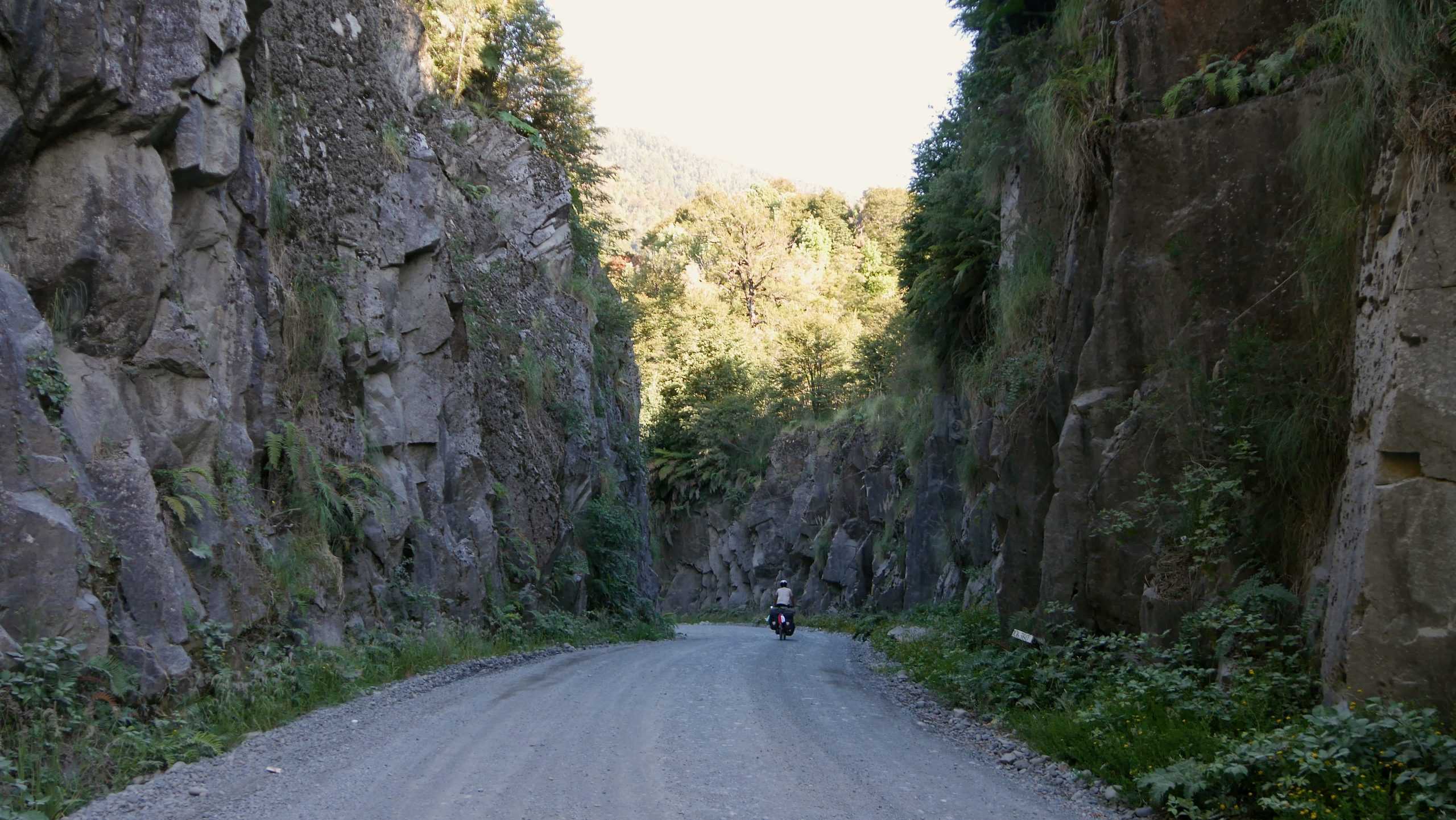
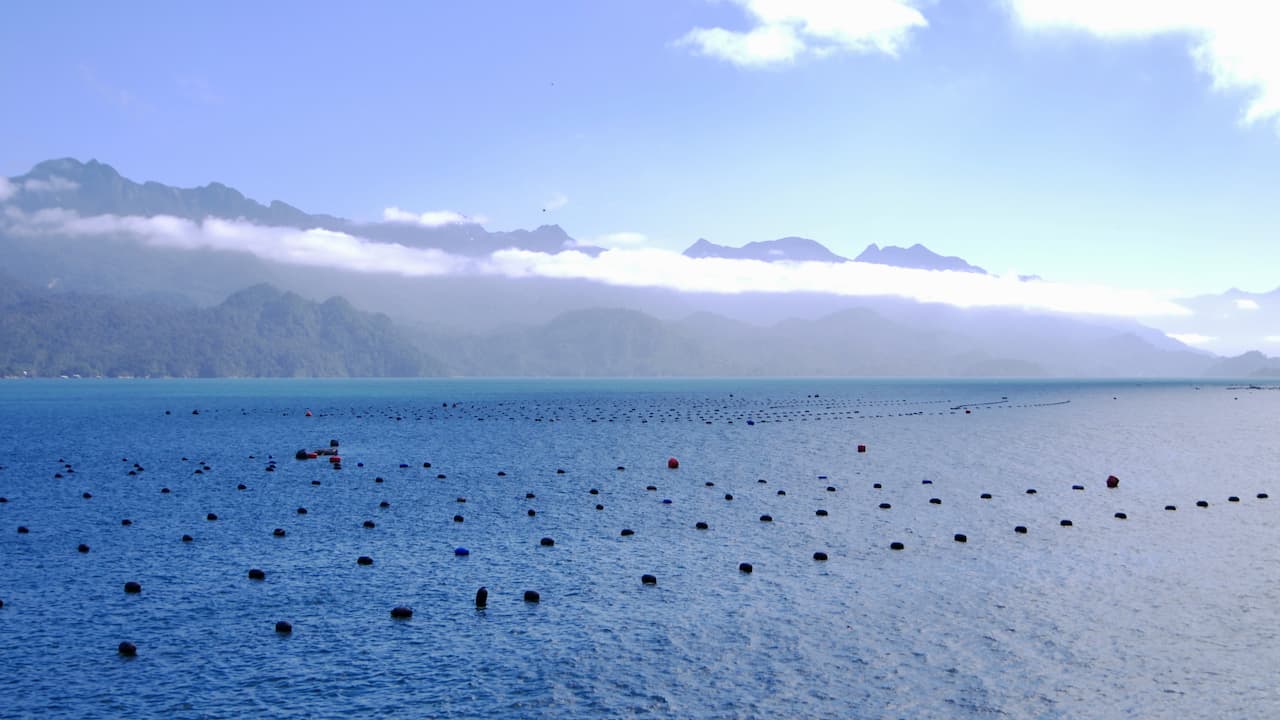
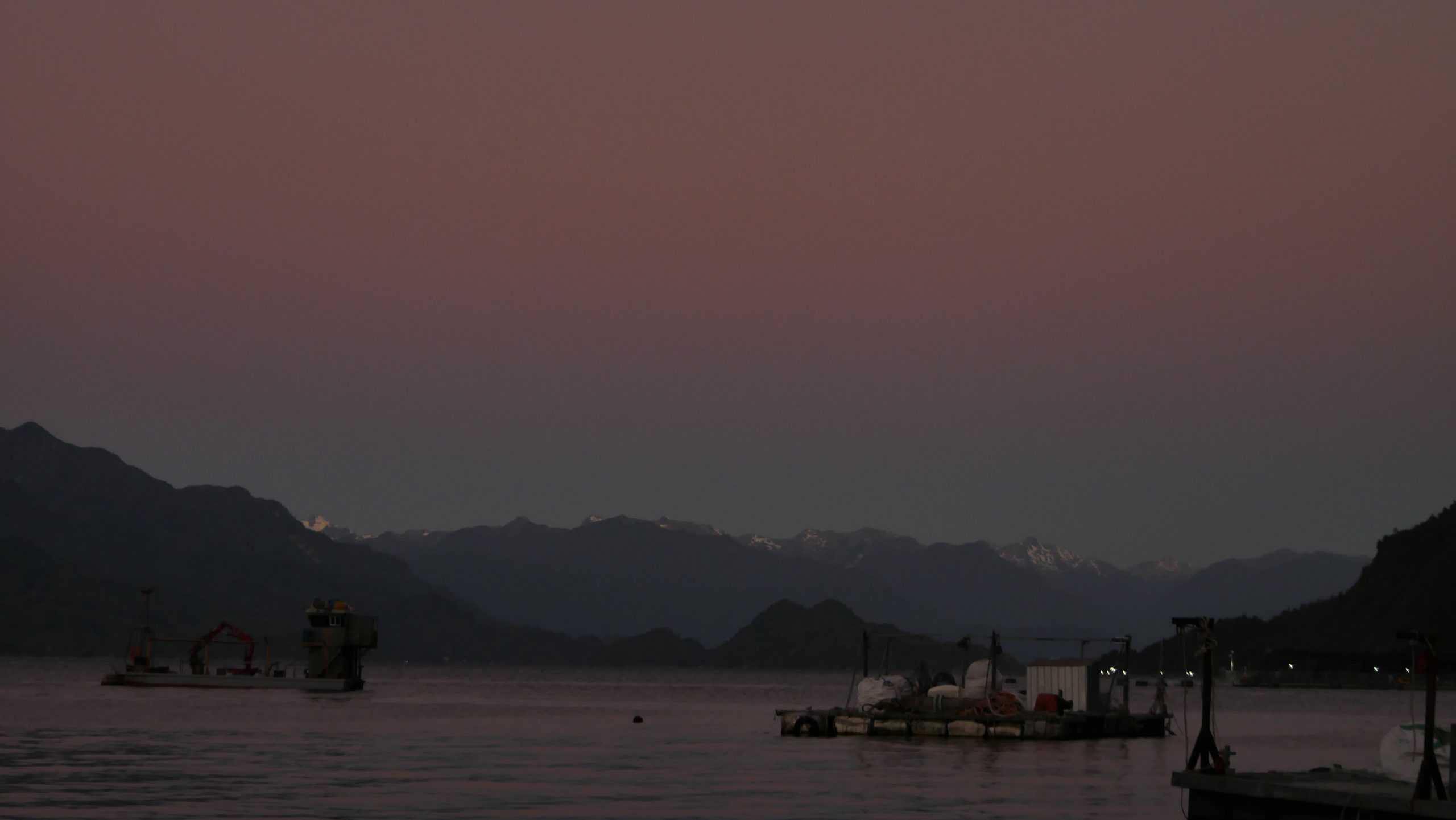
This is confirmed when we arrive in Ensenada on the next cycling day, our first introduction to the lakes. You can’t call it a village. More of a series of eateries, stalls, accommodations and parked cars. We look for the beach where another cyclist had previously found a quiet camping spot. It is very busy there! In addition, there is a food and music festival going on nearby and it doesn’t seem like it will get much quieter in the evening. We do some shopping and cycle to our second option, next to the entrance of a National Park. On a lookout jetty on the lake we decide to make something to eat and wait until night falls. It would be a nice spot to pitch the tent. While I’m kneading dough and Paul is heating up beans, a lady comes and sends us away on high legs. Are we crazy to sit here and cook!? Fire is strictly prohibited. Disappointed, we quickly pack everything up. The pans with balls of bread dough and black beans go on the back of the bicycles. And now? Cycling back makes no sense, given the crowds in Ensenada. We don’t like a packed campsite there. We drive in the other direction into the national park, where there is a permanent camping ban. Yet that seems to be the best option. After 12 kilometers we leave the park again. The site is fenced off on the left and right; privately owned. I’m glad that Paul also keeps his courage up and, despite the twilight, doesn’t suggest pitching the tent on the narrow verge. I still have the energy to continue riding, and even enjoy cycling in the cool evening air. Then suddenly we arrive at the water again and we see a quiet beach behind some bushes. Perfect! At dusk I put up the tent. I look into the pan and see to my surprise that despite the fresh evening air, the dough balls have risen considerably. This was also a special journey/ride. We bake flatbreads from it and serve it warm with bean paste, tomato and cheese. We’re licking our fingers. All’s well that ends well, today.
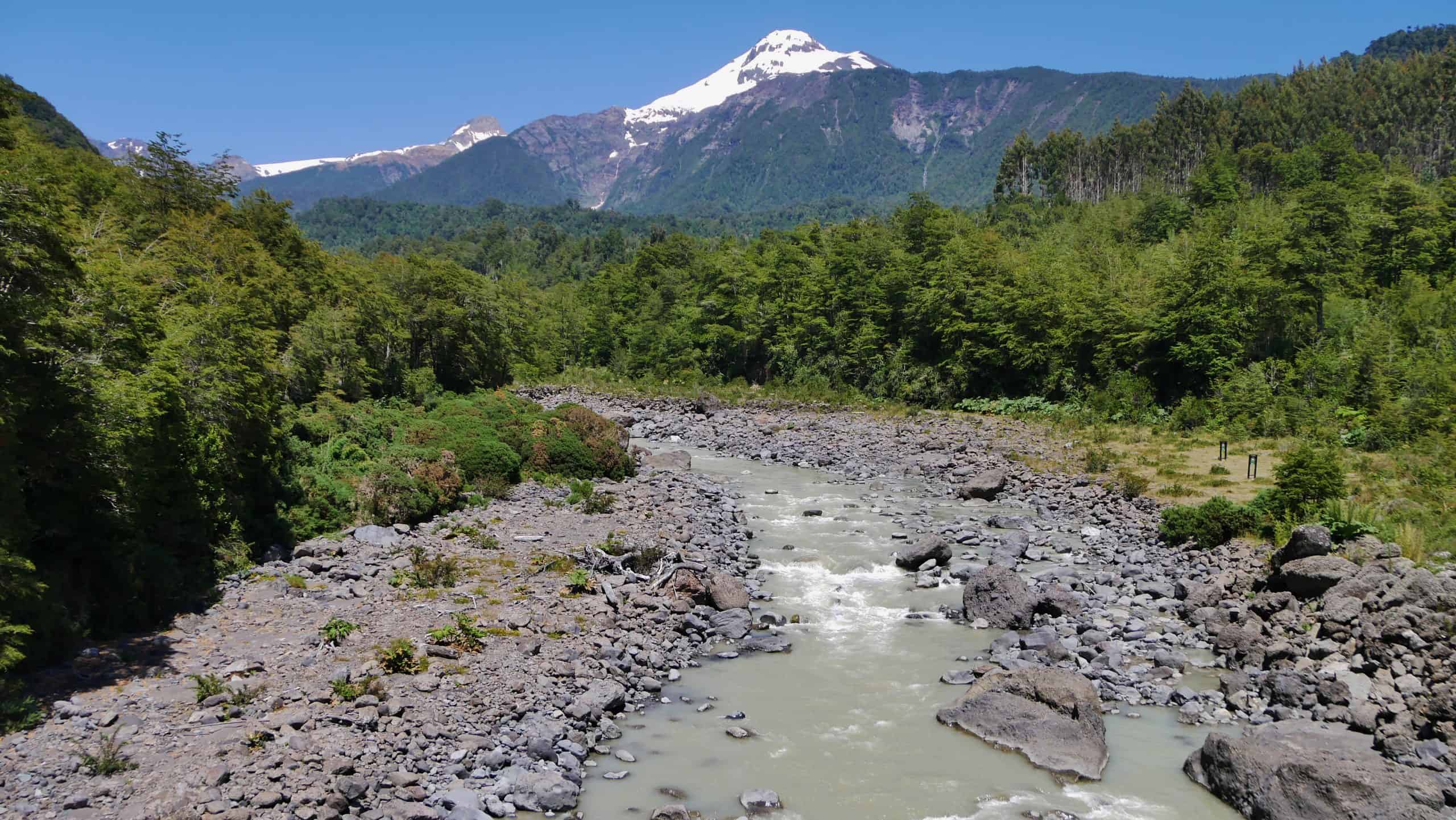
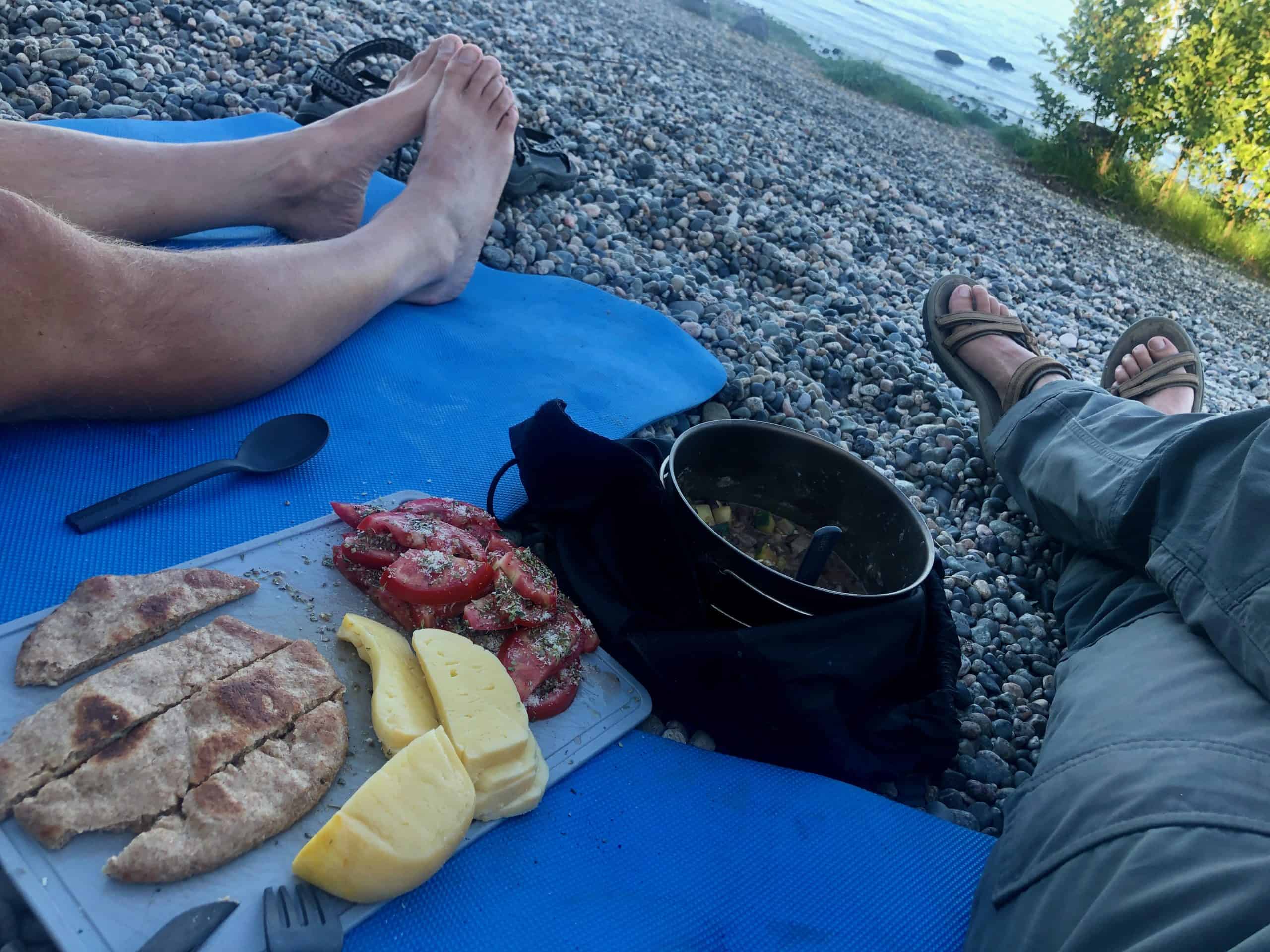
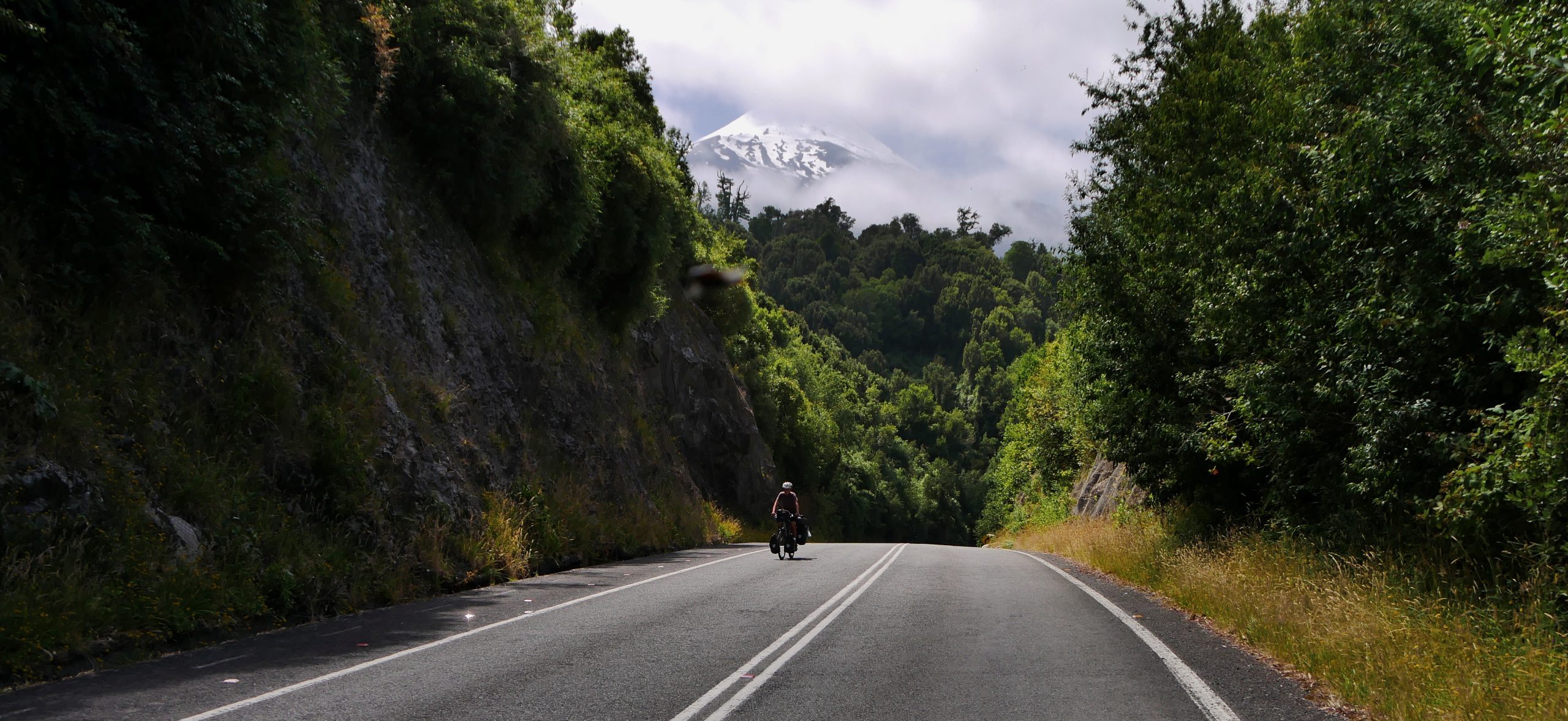


The next day we come across a quiet beach near a lake. Towards the end of the afternoon the few other bathers leave for home and we have the place to ourselves. We alternate between beaches on rivers and lakes. A number of times we also meet locals who set up camp in such a place. It’s unbelievable what they bring with them for such a beach day. Barbecue ‘ovens’ made from oil drums on metal bases, picnic tables, large cool boxes. Some arrive as early as 8:00 am (we have just opened our eyes) to occupy ‘the best spot’ (that’s where we appear to have pitched our tent) for the whole day. Grandfathers and grandmothers take the children out because they have more than 2.5 months of summer vacation. In a great hurry, an older couple occupied the ‘second best spot’ next to our tent. The rest of the family will join later in the day. If we take down our tent… grandma still thinks she wants to move to our spot. Beautifully shaded under a large willow tree.
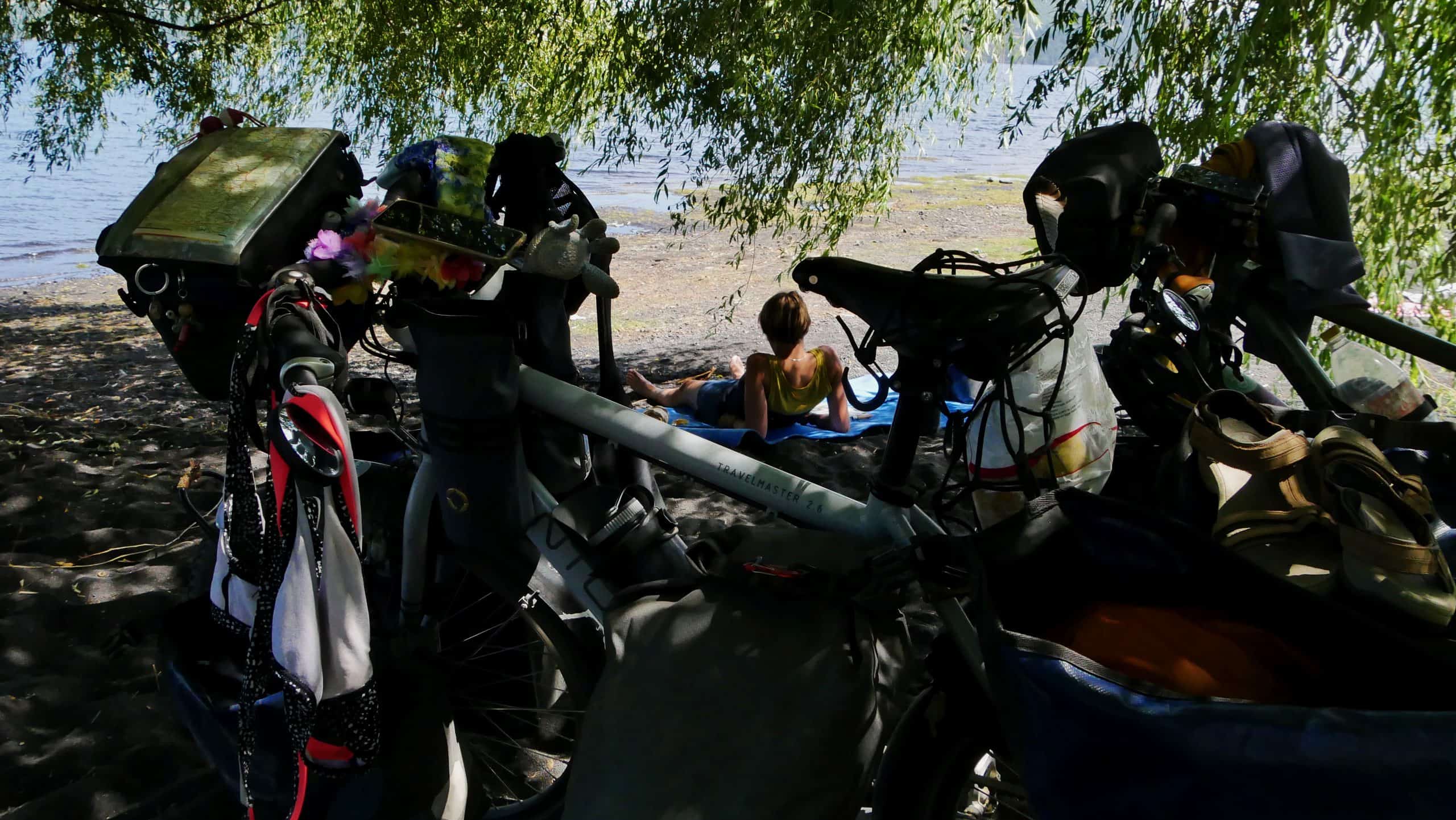
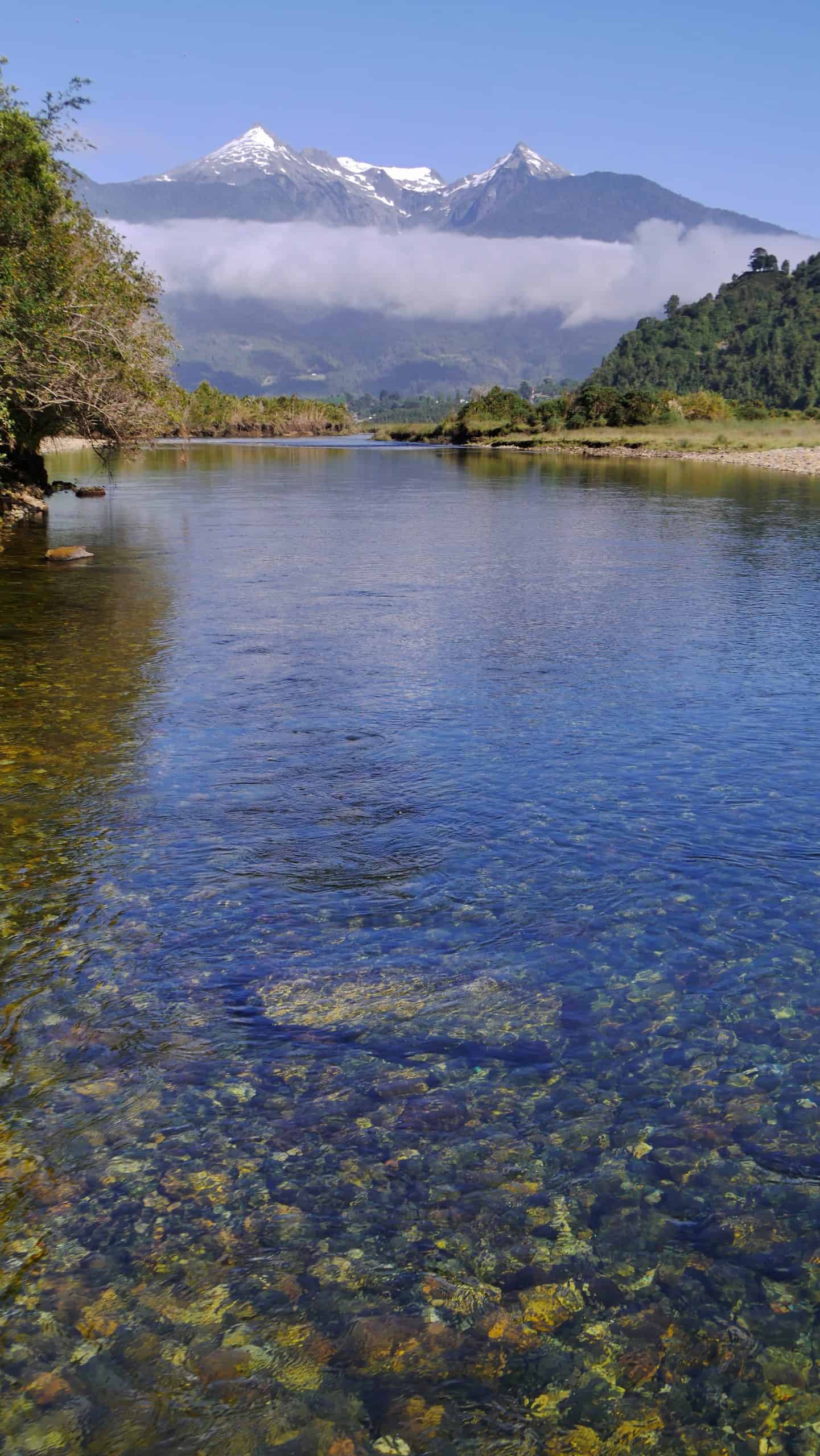
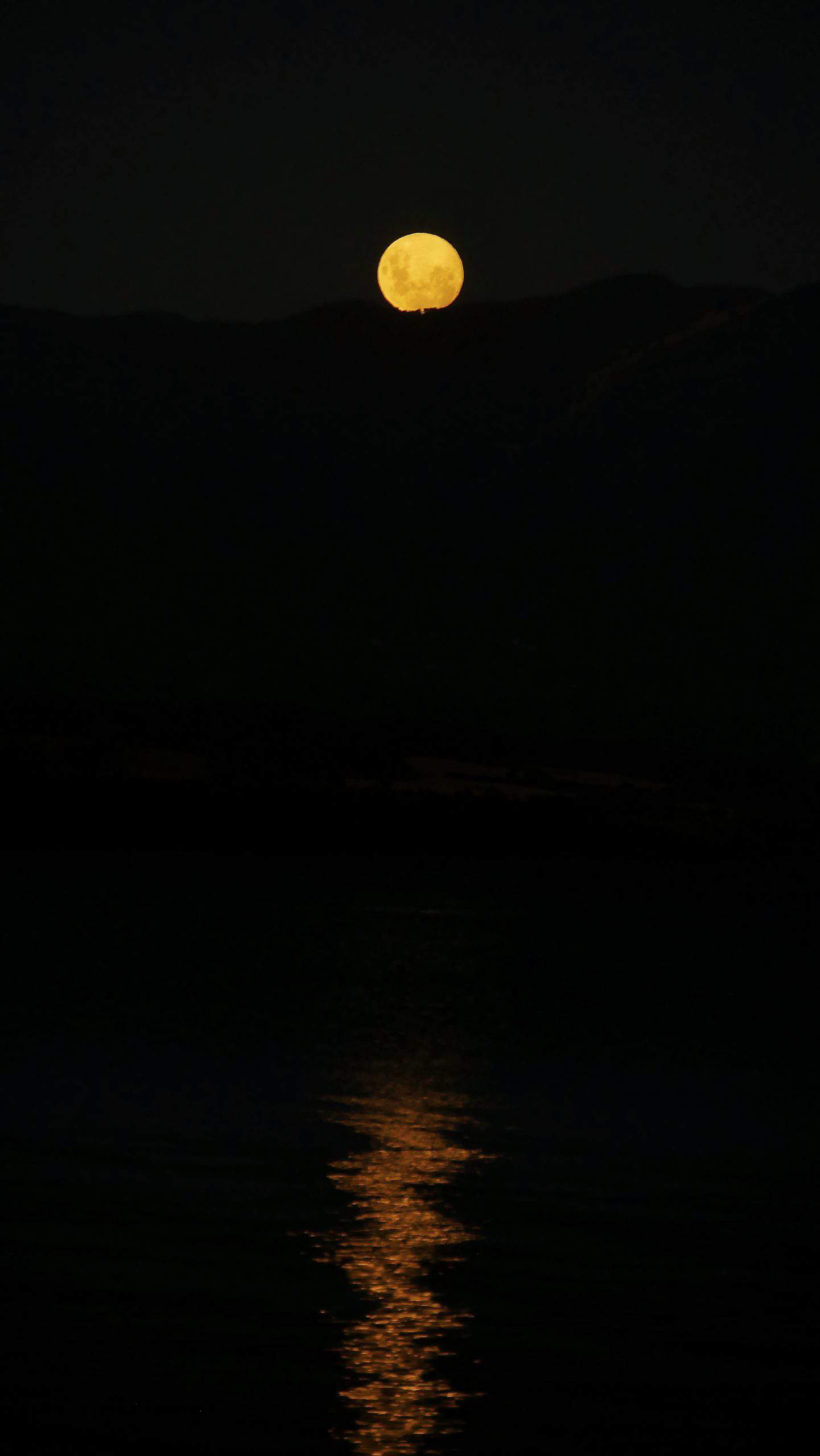
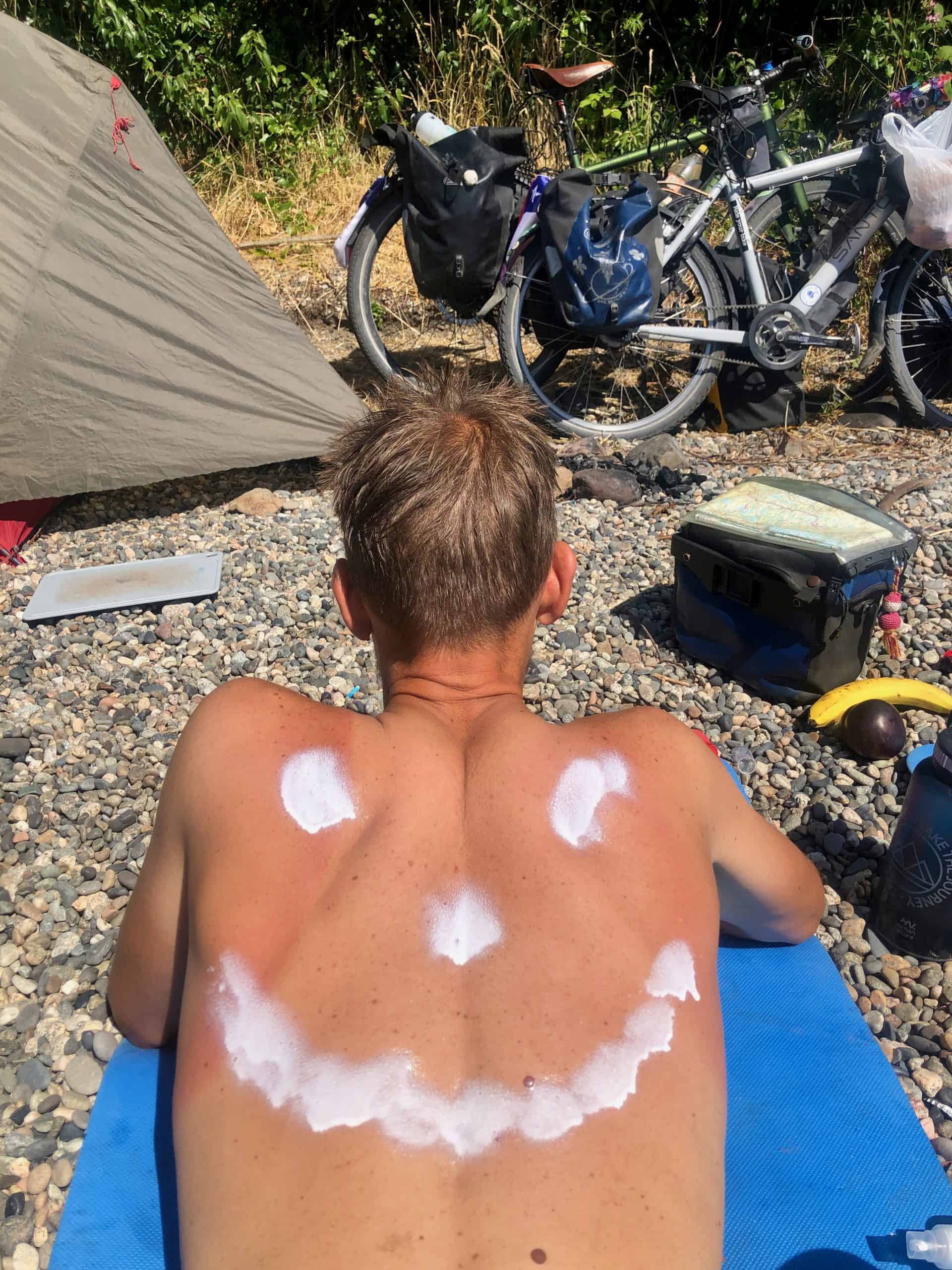
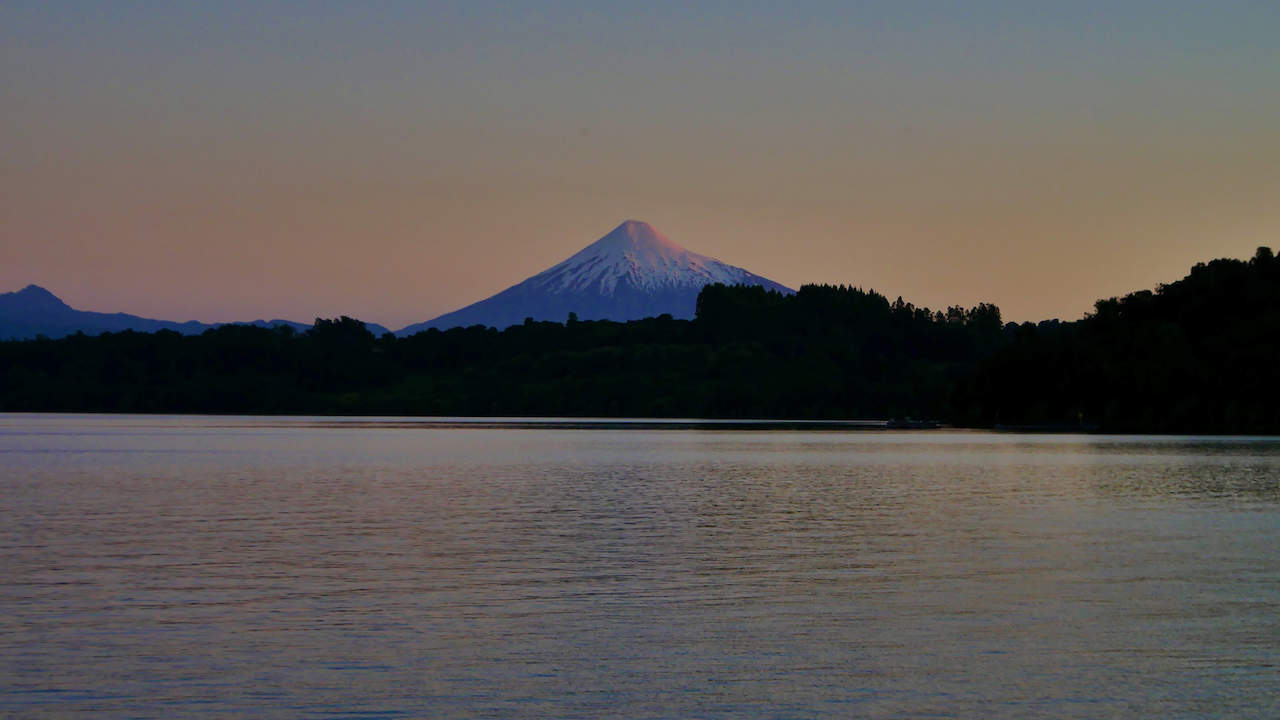
On the beaches we are introduced to a principle that we have noticed before but is coming to full fruition here. I call it ‘the right of the first’. If you are in a public place, where there are others, and it is still ‘quiet’, you can claim that auditory space by playing loud music over a speaker, or making video calls without headphones, or using YouTube at high volume. scrolling videos on your phone. If you are not the first to take up that space, you will be left behind and you will be in the middle of someone else’s noise. Because I appreciate it when people keep the peace in public places, I will never be the first… and so I have often stayed here in the monkey.
We do have fun with a couple who, just after the departure of the other day guests, arrive on a beach where we are going to camp. They are carrying a guitar and a basket of laundry. One goes to sing and play songs on the beach, the other dives into the lake and does the laundry in it a little later. In addition, there is a father swimming with his daughter. The three men loudly sing the songs that the guitarist plays. The laundry is done while dancing and singing. After each song they applaud enthusiastically and shout loudly ‘Otra! Otra! Otra!’ (Another song!) as if they were in the audience of a world band. We encourage them, but we don’t keep it up as long as they do. When they leave after about 2.5 hours, we are happy that it is quiet on the beach and we can crawl into our tent.
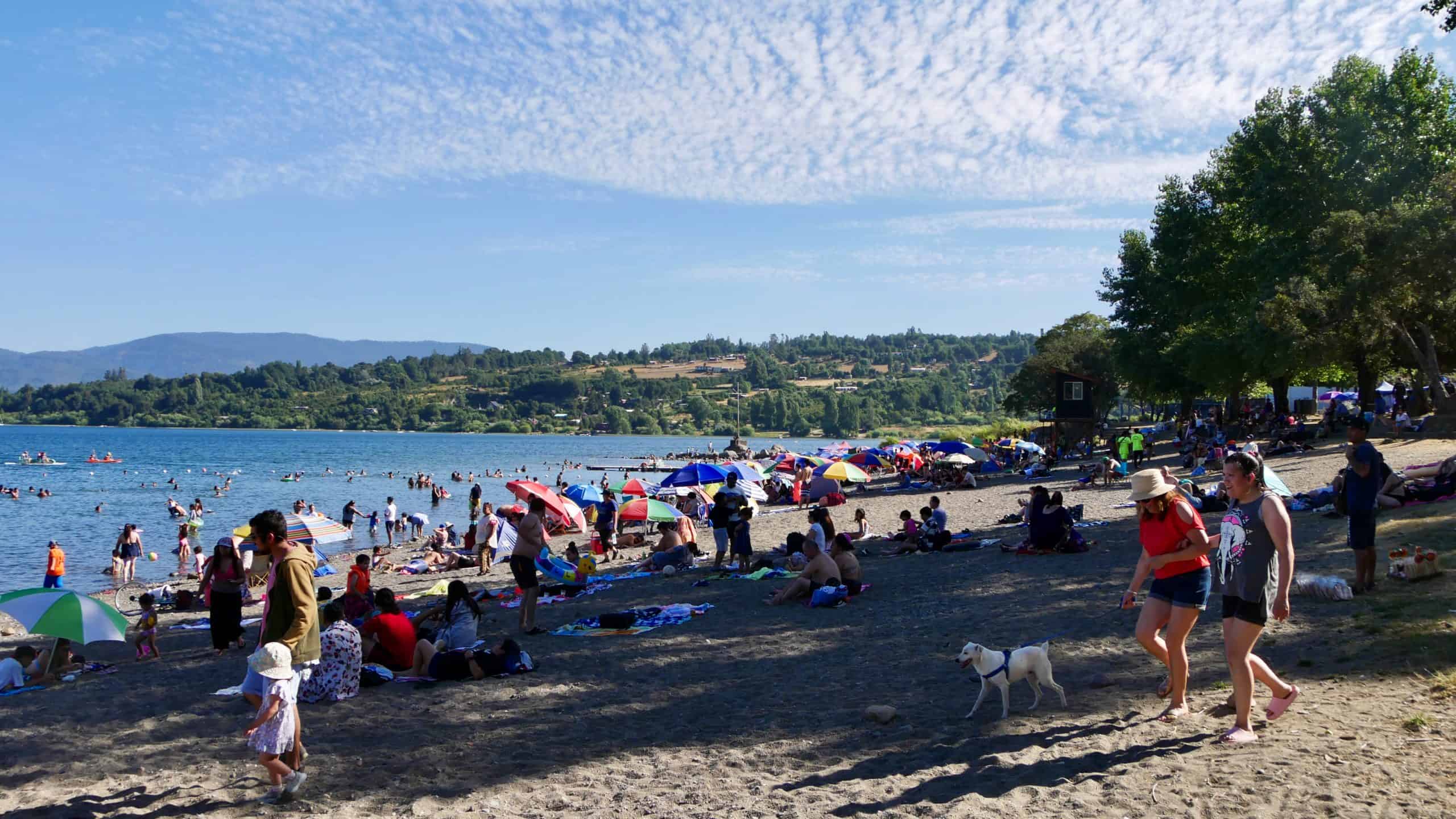
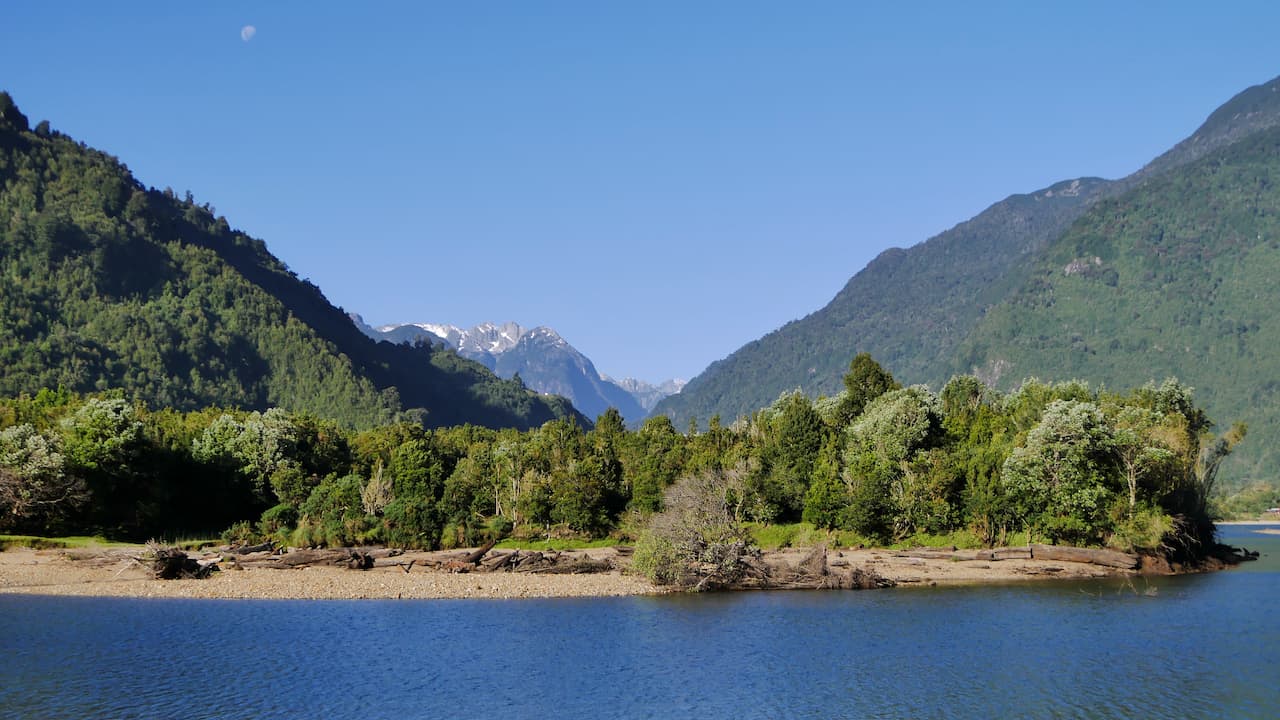
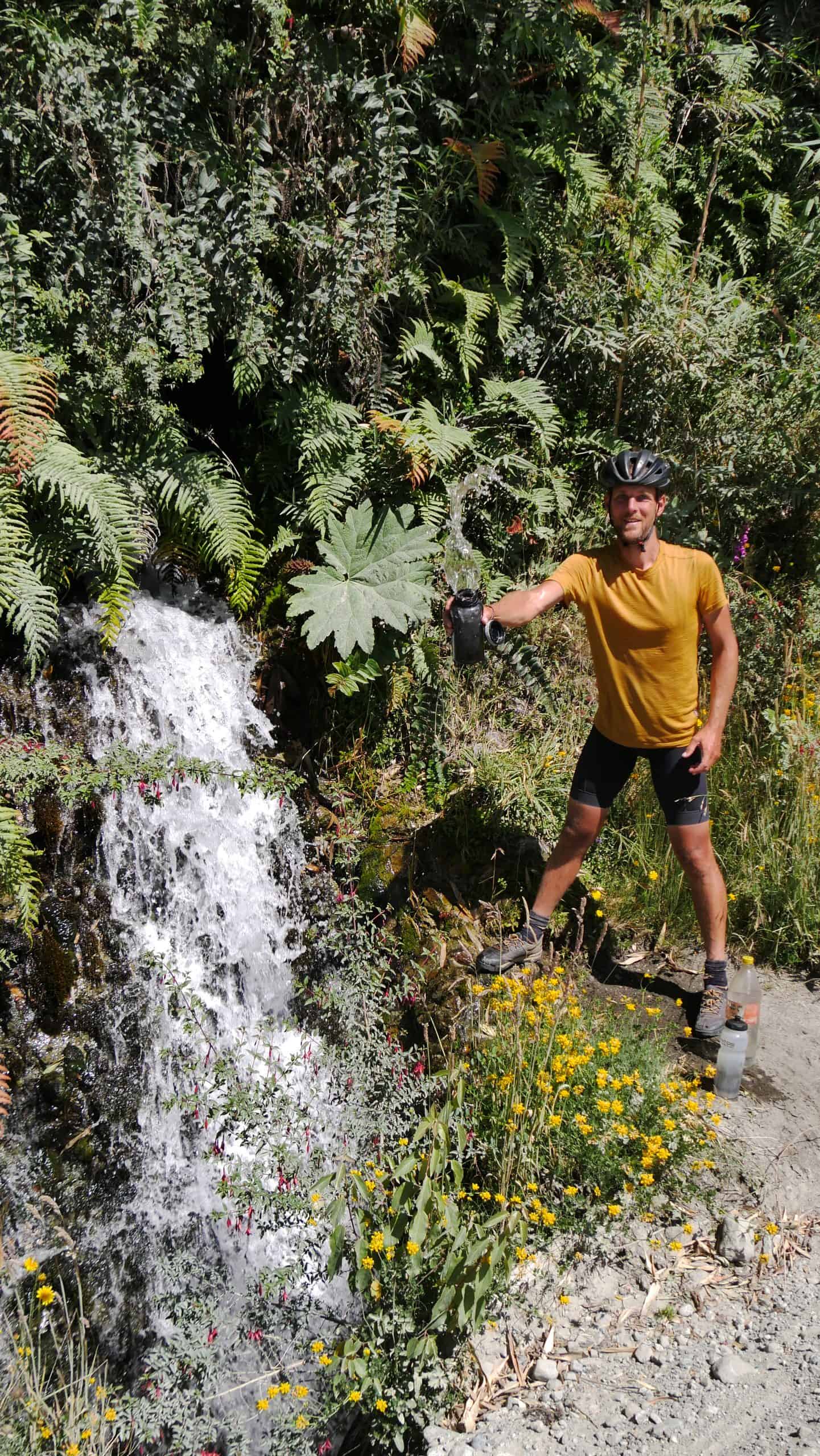
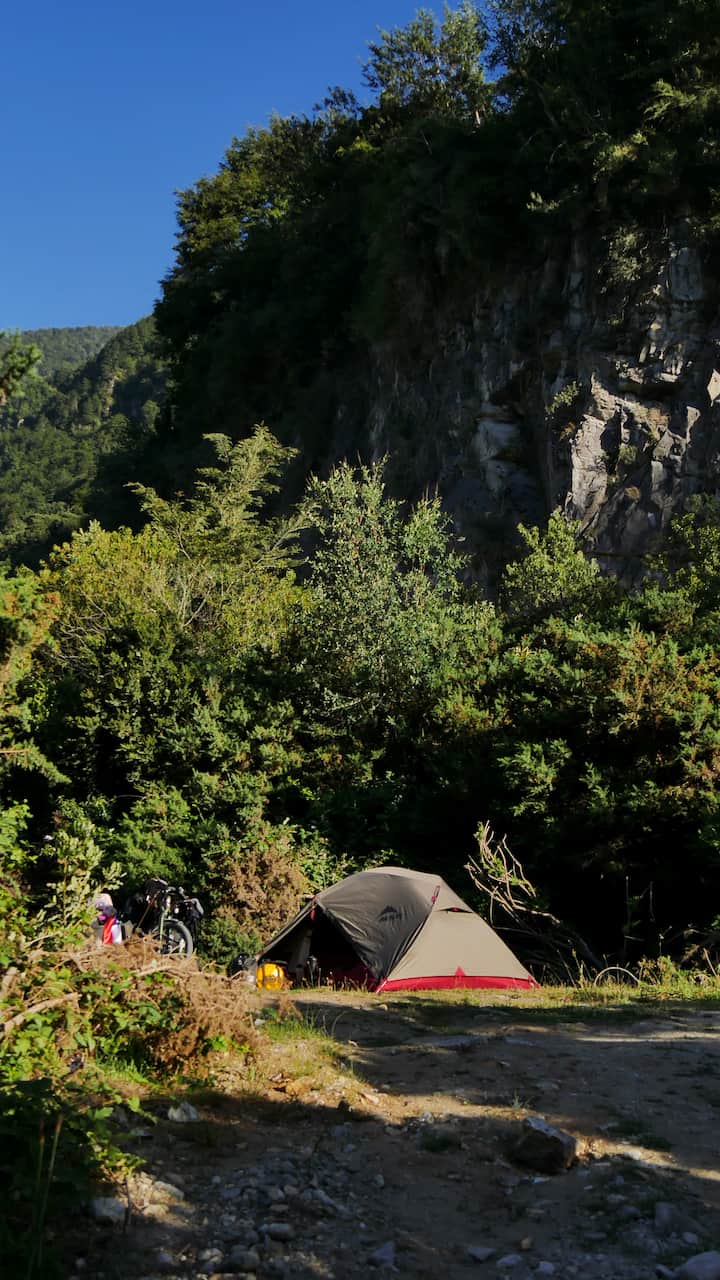
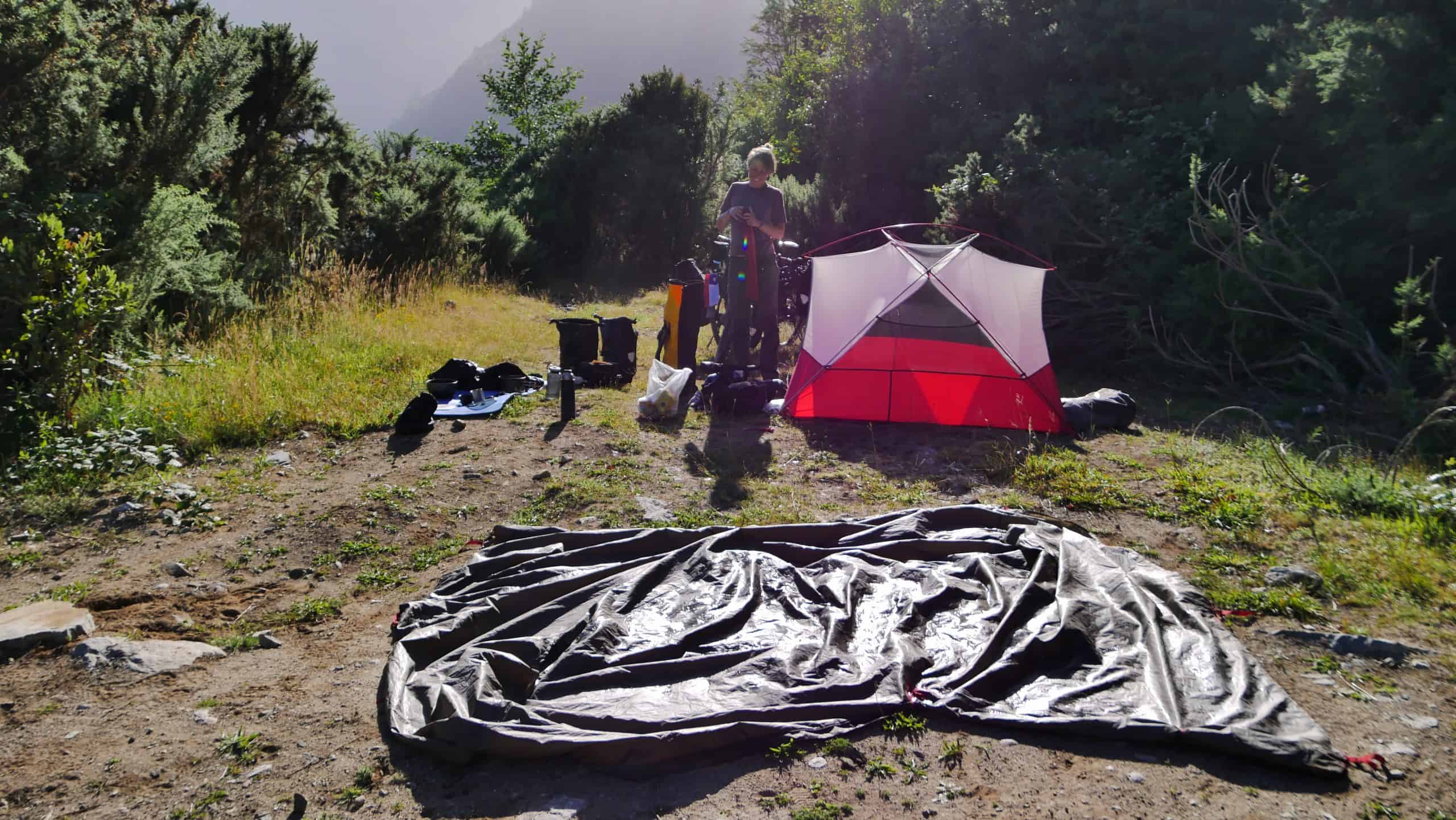
We exchanged the Patagonian wasteland for a rolling southern German-looking landscape. In the green grass between the lakes there are the characteristic large round straw bales, black and white spotted cows graze and there are cupboards of houses. At the Chilean eateries, ‘kuchen’ and Kunstmann beer are recommended and we regularly pass exits with German-sounding street names. After the Industrial Revolution, many Germans sought fortune in Chile and Argentina to escape the economic problems that had arisen. Chile had a ‘selective immigration law’ in force at the time. Craftsmen were in demand to colonize southern Chile. Completely German settlements emerged. After the First and Second World Wars, several German refugees joined them. Currently, 3% of the Chilean population is a descendant of these Germans.
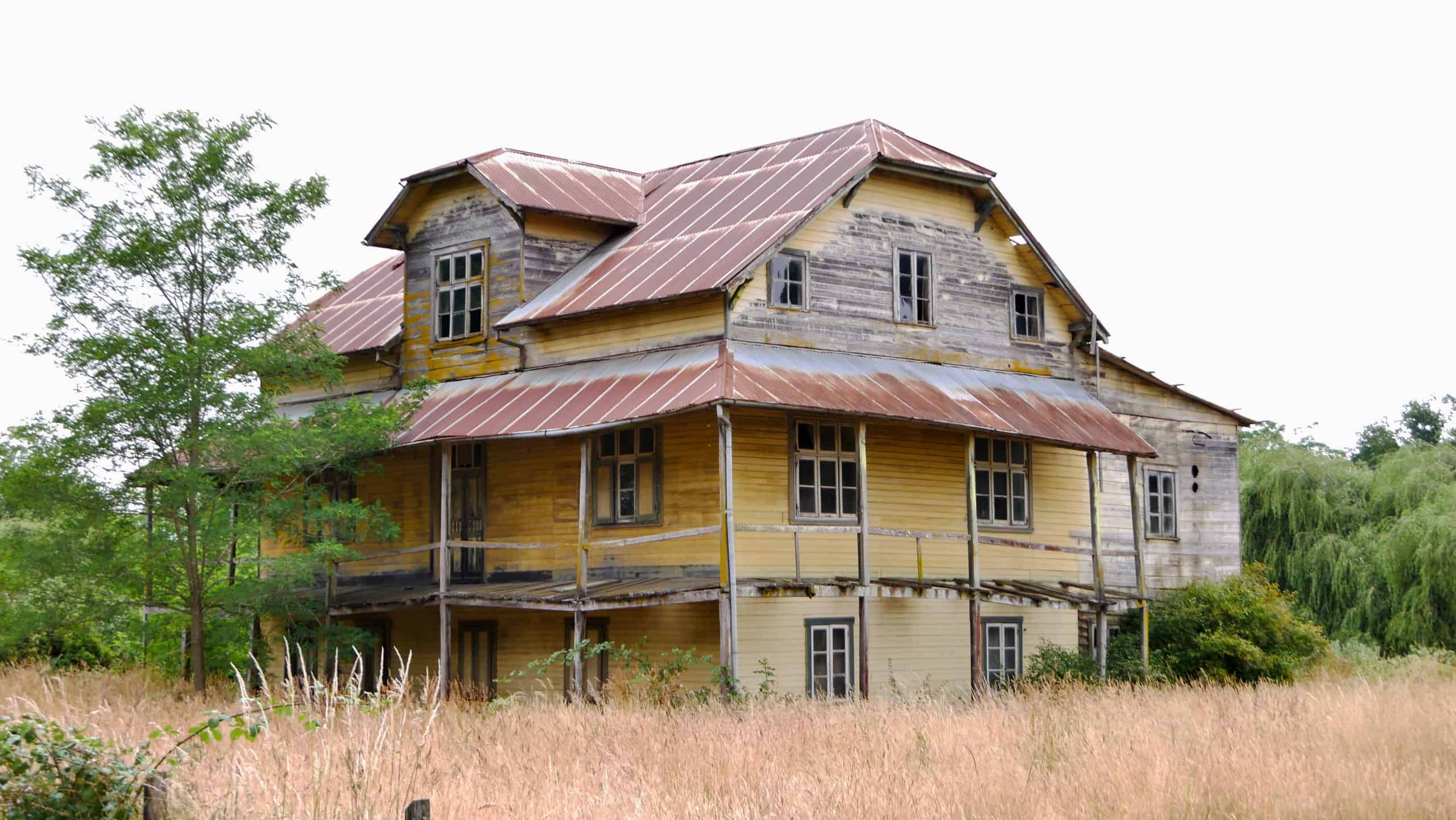
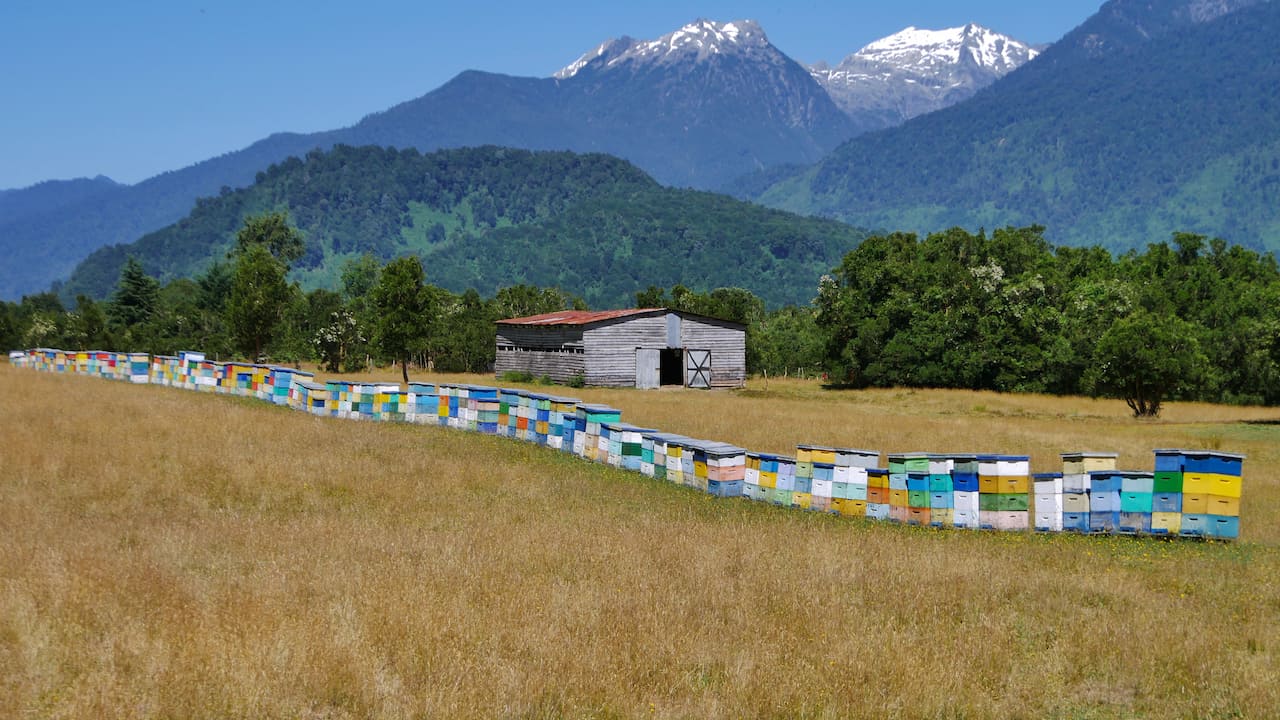

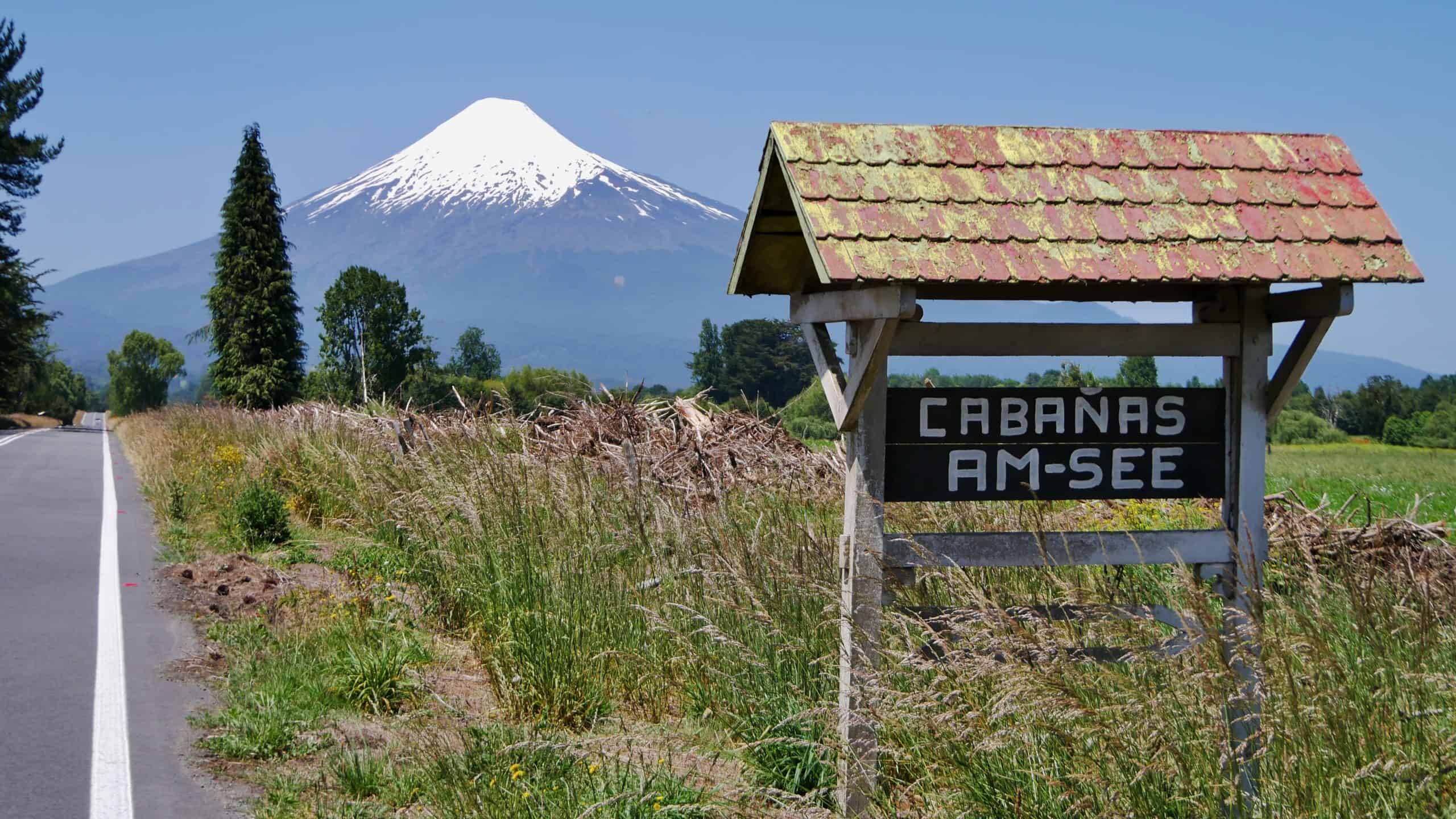


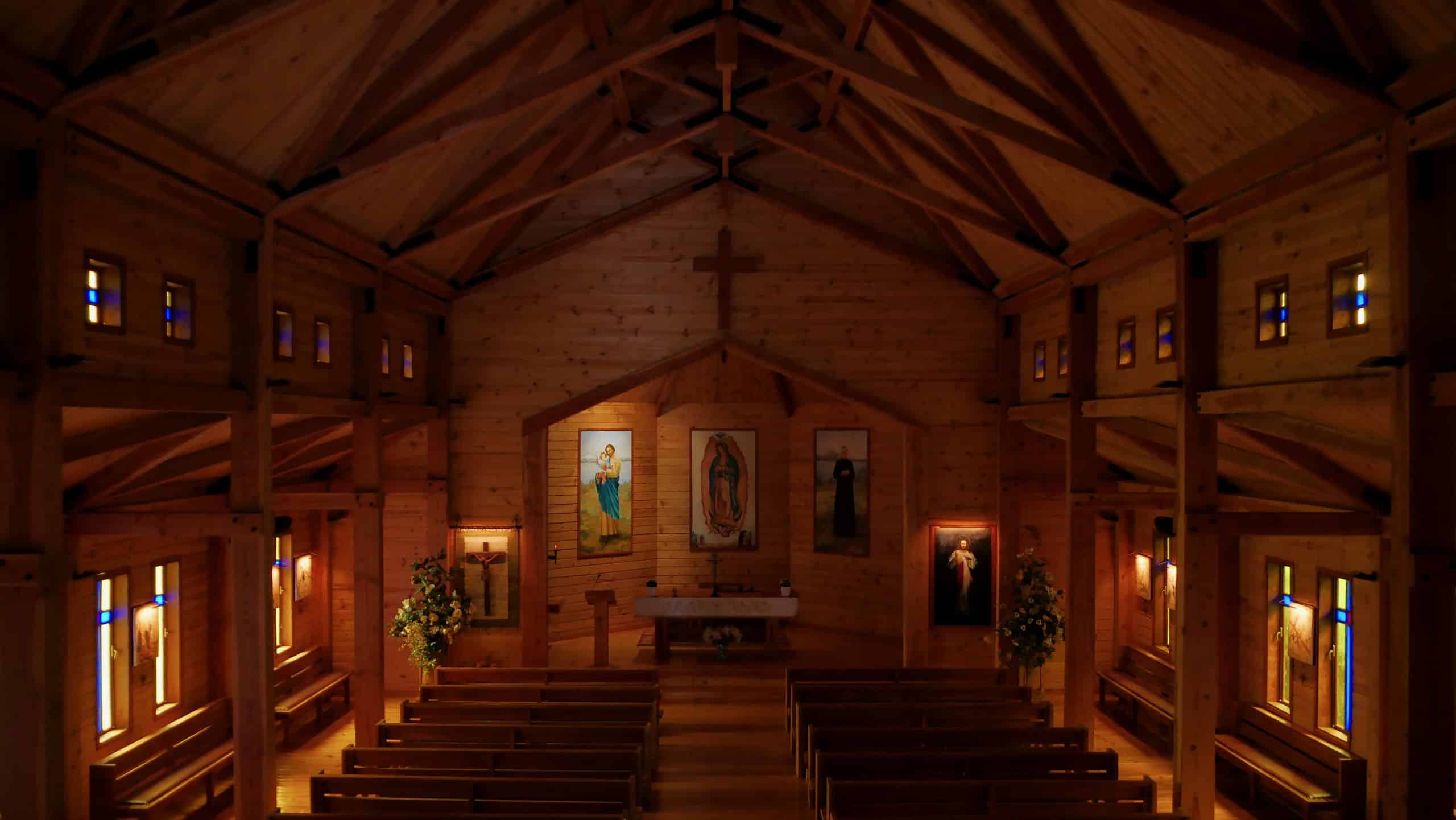
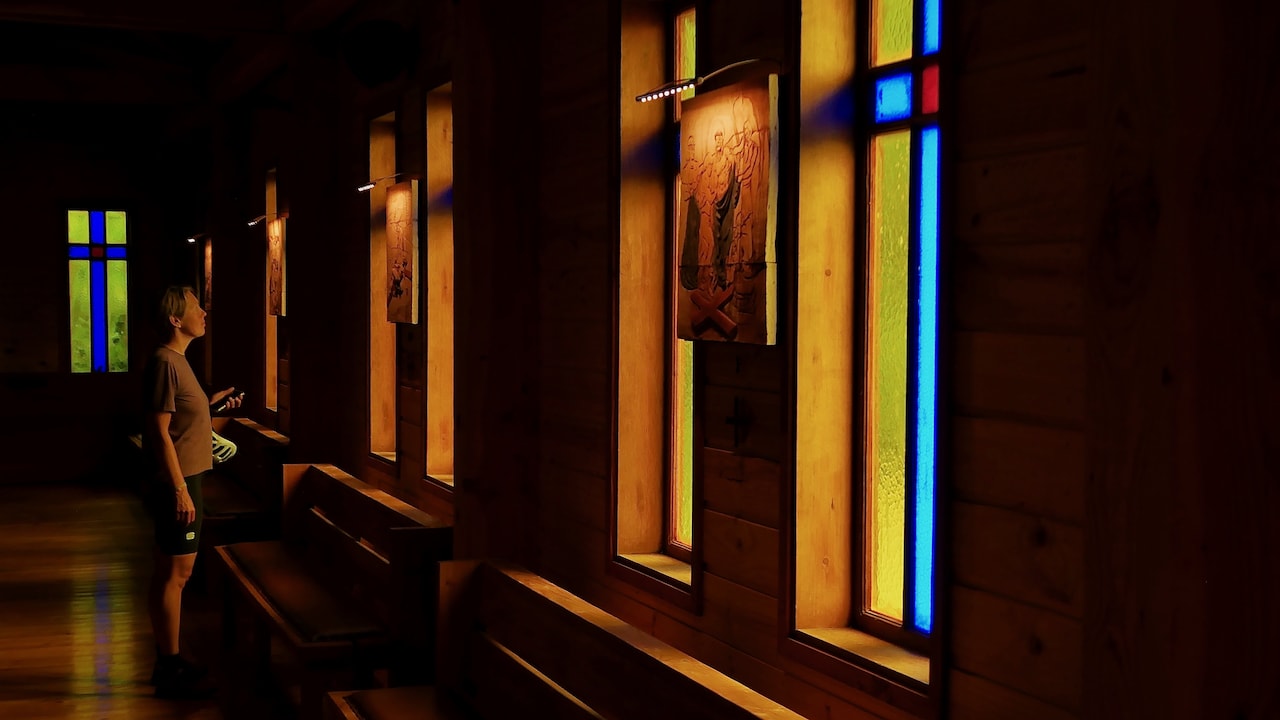
The road undulates just like the Bavarian landscape, although the climbs are sometimes quite steep. More and more often, Paul pedals away from me at a speed up the hill. I can’t keep up! He doesn’t really realize it himself, but he has become so strong in recent months. I toiled after him. Try to keep turning at the lightest speed to save my knees from pounding. I enjoy seeing how strong Paul has become. That climbing is so much easier for him than at the beginning of the journey. Yet frustration also arises in me when I see him driving away again. ‘Why haven’t my legs gotten so much stronger? And why do I only gain pounds around my waist and on my hips while I barely eat sweets and cycle around the leplazarus every day? It’s not fair!’ Once I’m on that train, there’s no end. ‘Why can’t I pee inconspicuously next to the road ‘anywhere’? Why do I have to wear such a constricting bikini top on the beach?’ I’m eating myself up on the bike while all that goes through my head. “It’s not fair!” On previous trips I often felt taken under the wing by parental strangers who were only happy to offer a girl shelter and meals, but I have lost that advantage now that we are cycling as a couple.
Being a woman undoubtedly has a lot of advantages (I don’t think I know them) but they are certainly not very suitable for the kind of life I prefer to lead. I envy the masculine characteristics that come in so handy here and stand out even more in the company of a man. Fortunately, this feeling of jealousy and frustration always disappears after some time. It helps when Paul proudly calls me his ‘tough girlfriend’ or when I find out that I can put a ponytail in my hair again. But still, in a next life….
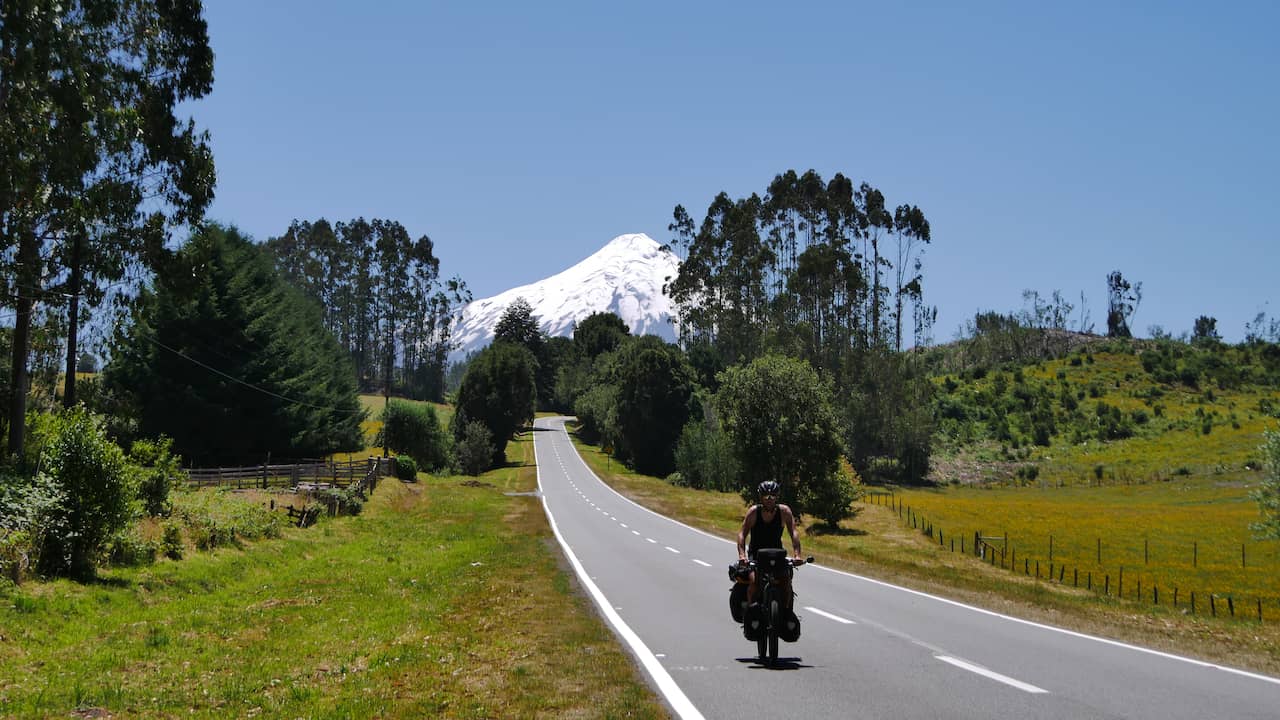
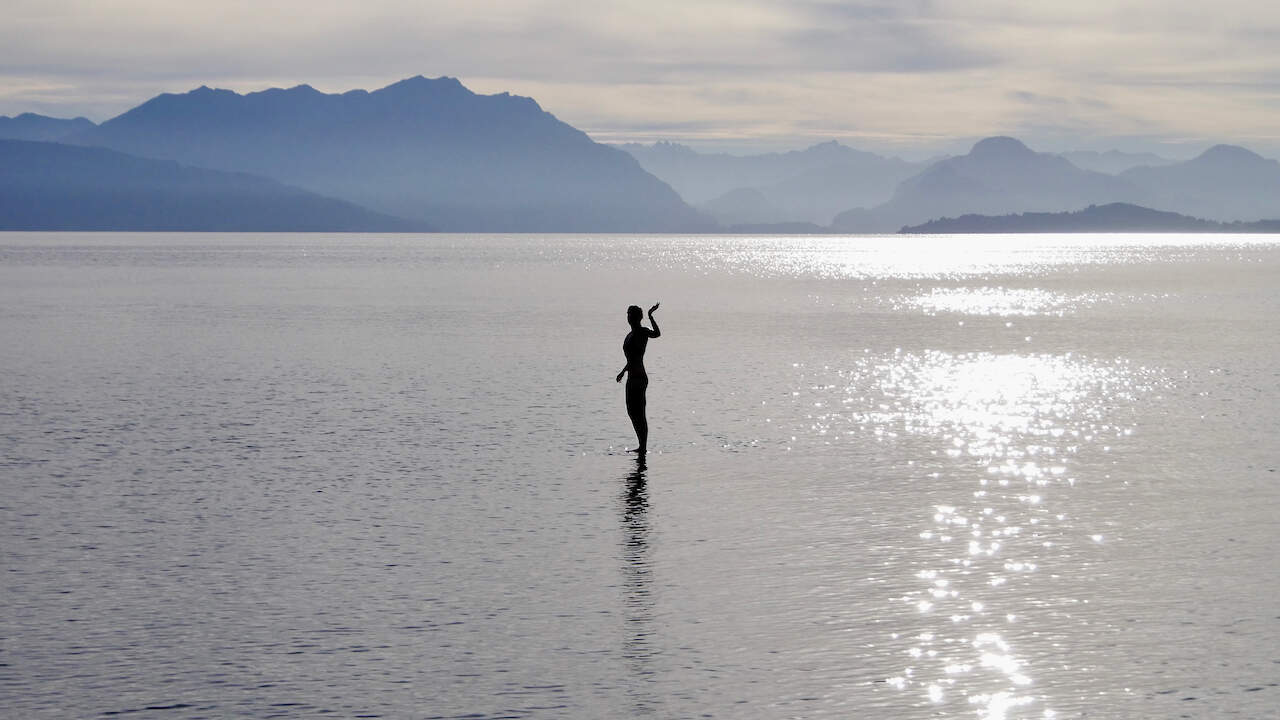
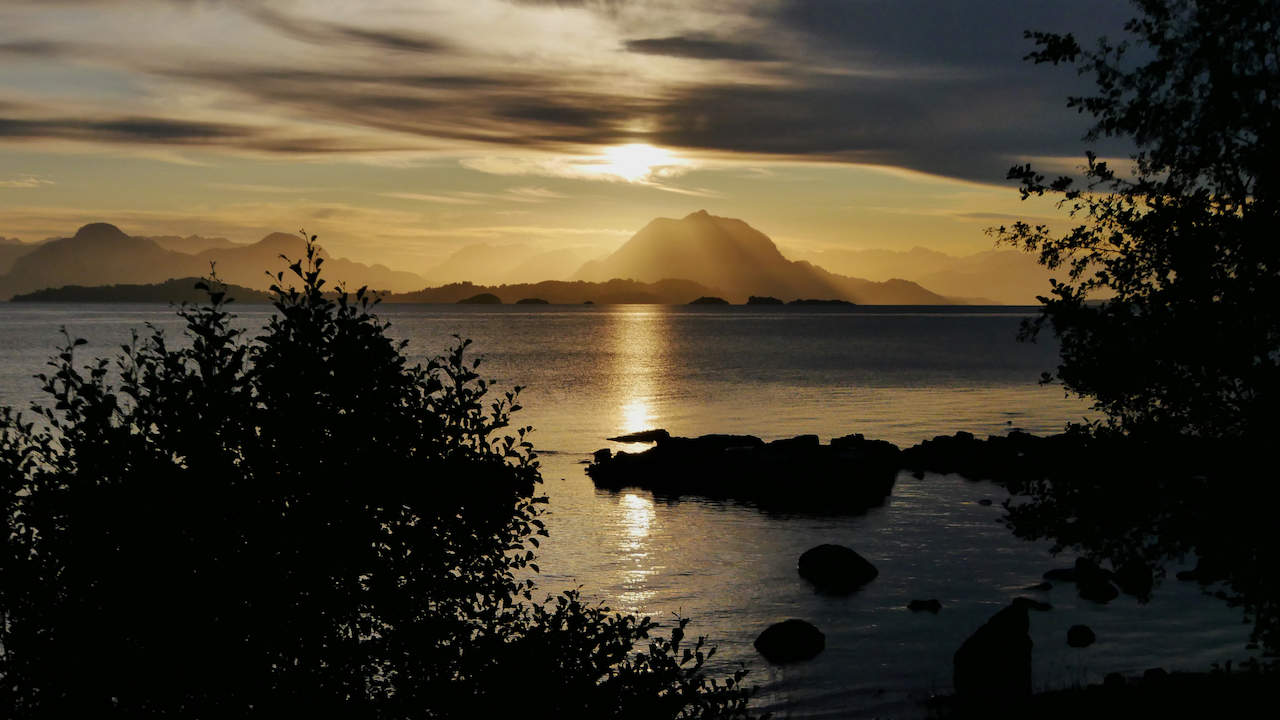
While we now pass through forgivable ‘southern Germany’, we can soon expect passes above 3000 and 4000 meters! The first ‘half’ of our trip is almost over and we are looking forward to ‘the second part’, north of Santiago. We will then cycle towards the north of Argentina and then cross the border into Bolivia and later Peru. Both are known for their bad roads, high mountain passes and steep climbs. I’m really looking forward to discovering these countries by bike. However, this prospect forces Paul in particular to consider the ‘setup’ of our bicycles. “They have to be lighter,” he says, “especially yours, if we want to be able to cycle those tough routes in Bolivia and Peru.” And there is something in it. All in all, my knees are doing quite well, but especially when it comes to steep climbs and unpaved roads, I reach my limits. We decide to make an inventory of everything we have with us but can actually do without. That turns out to be quite a lot. Some time ago Paul had put together a bag of clothes that he had taken with him in excess. I have about the same with me as on my previous trips, but I know that I can get by with a lot less.
Because I don’t want to have all the luggage on the back, we decide that I will ride with a kind of ‘bikepacking setup’. I keep two front bags and the handlebar bag and I take a saddle bag instead of my rear bags. Then the heavy steel rear carrier can also be removed. A pair of wider tires is also not an unnecessary luxury on the Ripio, so the mudguards also have to make way. What should I do with a standard anyway? My bike can rest against Paul’s, right? We decide to keep the ring locks and cable. Safety may cost some (energy). The items will be converted and sent home in Santiago. A friend of mine arrives there on January 31 and brings me my saddle bag, a few new tires and a large bar of extra dark chocolate. He also takes replacements for a number of other items: my helmet (ours had melted when Paul had hung them near a heater to dry…) and a more compact camera. All in all we will probably become about 16 kilos lighter. The biggest change will be for me.
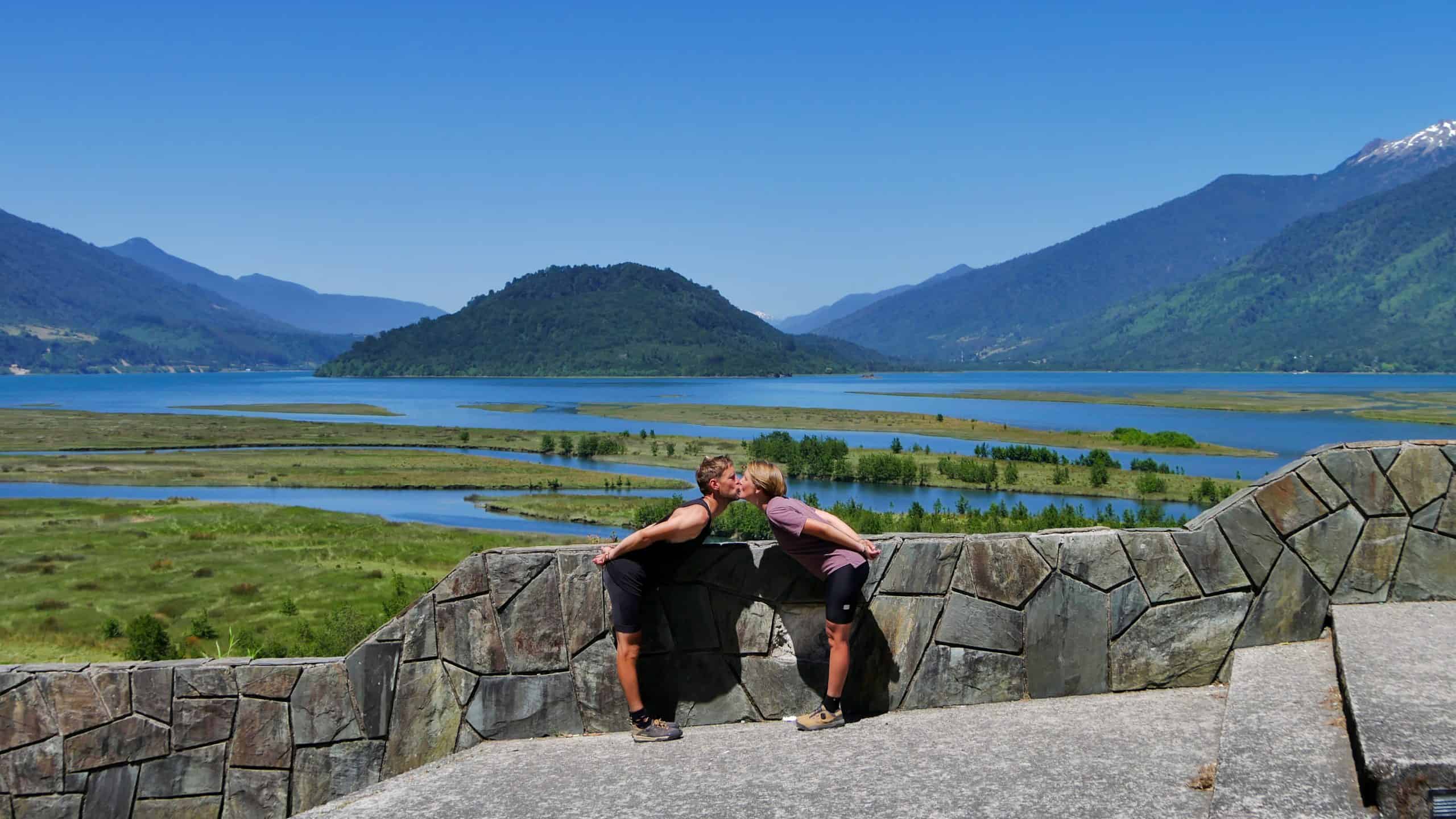
While we weigh, fantasize and organize, we cycle towards our last lake. After this we will travel by bus to Santiago. The latter lake is Lago Calafquén. With a depth of 212 meters, this is the clearest of the lakes we visited. They were all so brilliantly bright! We could always see the pebbles and boulders at the bottom very clearly as we strained our feet on them when we walked into the lake. Past the crowds we take a small path that leads to a quieter beach. There is a beautiful willow tree to camp under. To our surprise, there is a canopy on the beach with about seven food stalls and seating. It is also quiet here, except for the sellers. One of the operators recognizes Paul as a cyclist by his tight pants and tells WarmShowers that he is a member. We can camp on the beach, but if we want we can also spend the night with him! We are happy to accept his offer. We don’t often get the chance to get an insight into a Chilean family. Later that evening we meet him, Nicanor, and his daughter Paula at their home. Next to theirs there is an empty house, belonging to his sister, where we can stay. His wife and other (older) children do not arrive home until around eleven. They worked all day in a ‘food truck’ elsewhere. They don’t seem very happy to find two strangers sitting on their couch. We realize that this is not surprising the next day when they are already cooking and baking for a new day in the food truck. This goes on for about 2 to 3 months a year, 7 days a week. Cook and shop in the morning and then work in the food truck or at the stall until the evening hours. 12-year-old Paula works every day (with great pleasure, she says) with her father in the stall. When we visit them that day, Dad gives her the freedom to go swimming with us and play a card game.
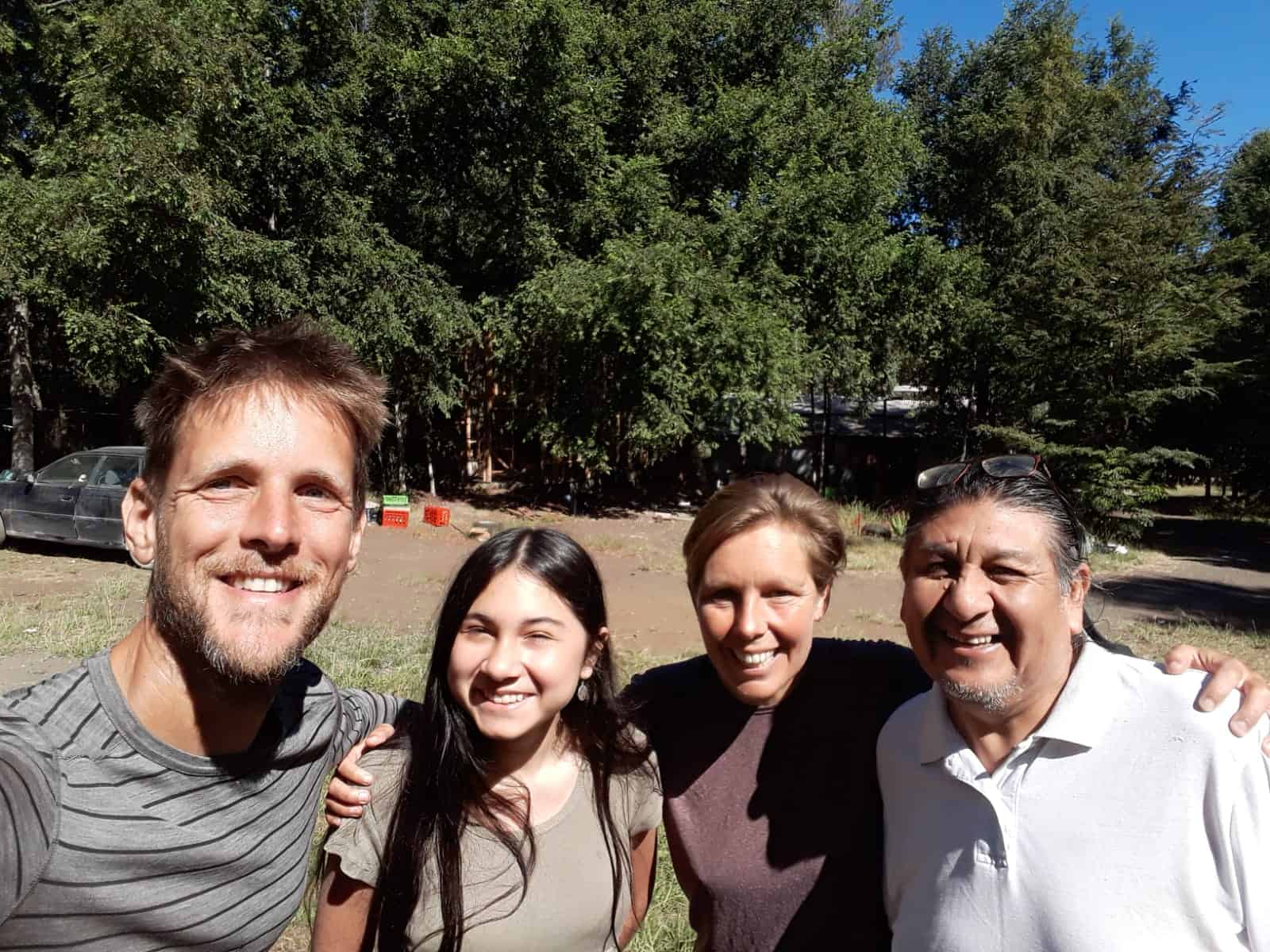
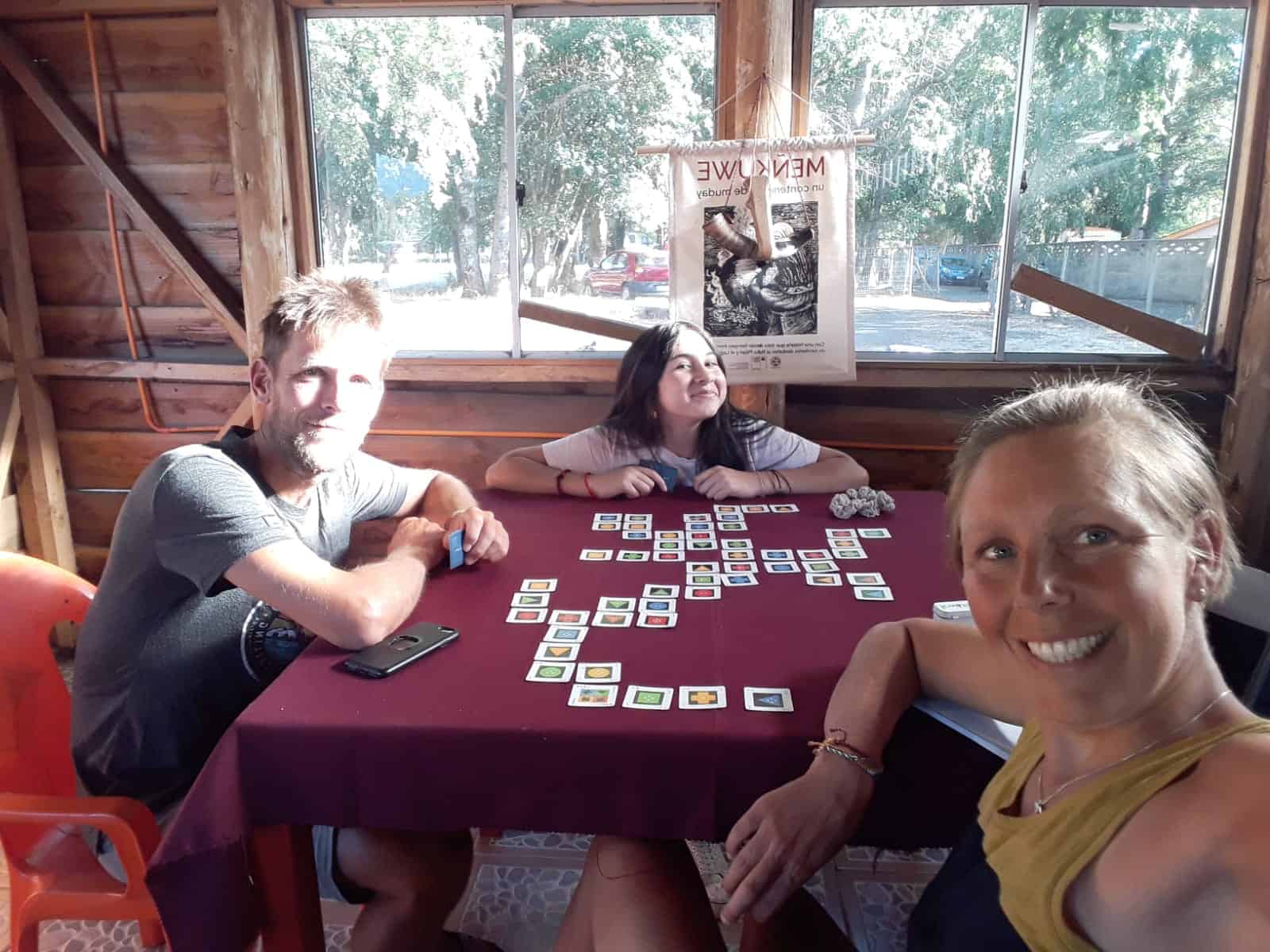
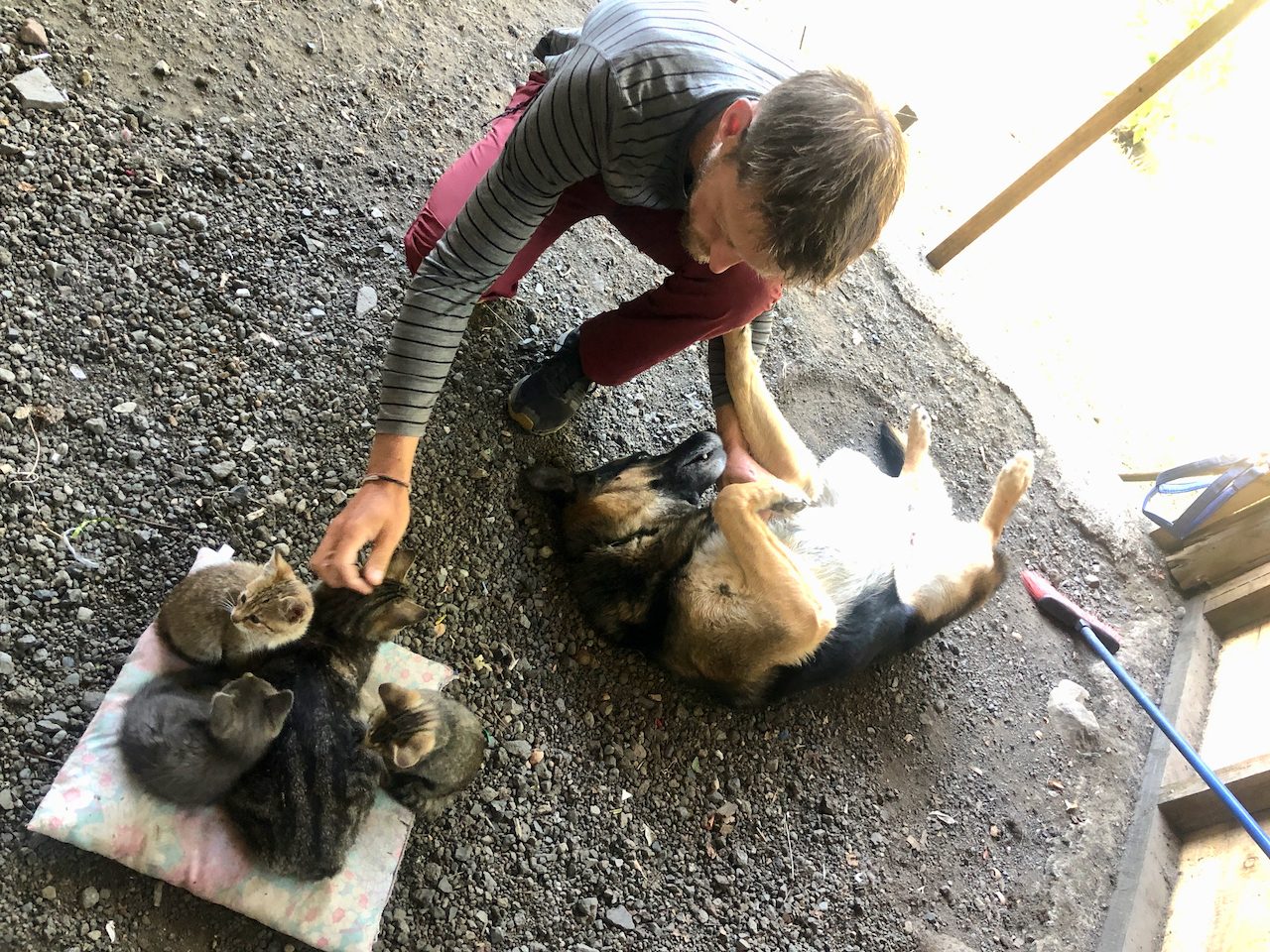
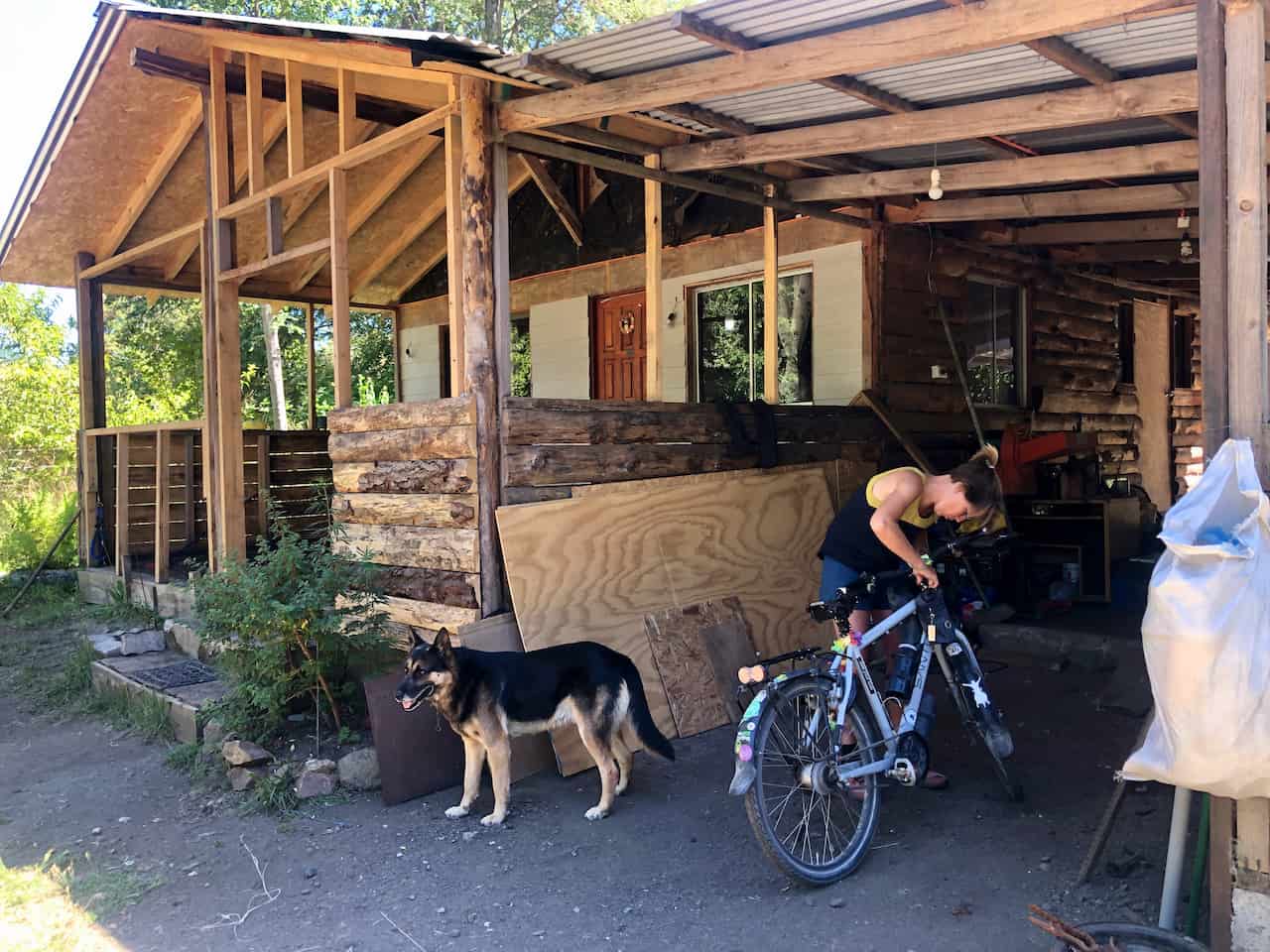
Nicanor and Paula are Mapuche. The Mapuche are the indigenous inhabitants of southern Argentina and Chile. Their own language, Mapadungun, is still scarcely spoken. Here ‘Che’ means people and ‘Mapu’ means the land. Both the social relations and the economy of the Mapuche are originally strongly intertwined with the land they own and cultivate. In the past, all their food and possessions came from this. When the Spanish took their land from them during colonization, it meant not only a loss of income but also of their identity. Oil and gas drilling in the vicinity of Mapuche communities (which, like in North America, were placed in reserves after colonization) sometimes lead to protests from those communities. These are severely suppressed by the police. There are currently approximately 900,000 Mapuche living in South America, less than half of whom still live outside the cities. Only fragments of their original culture remain.
Back on the way to our accommodation address, we want to take a look at the lava field of a nearby volcano that erupted only 50 years ago. Near a path of wooden planks that runs from the road into the lava field, a young man appears out of nowhere. He offers us a short tour of the path for 4000 pesos (4 euros). You can walk independently to the viewpoint for 2000 pesos. For a moment I am concerned that he just thinks he can take advantage of a publicly accessible path. But the more we ask, it turns out that he built this platform all by himself, in the sweat of his brow, on Mapuche land, after removing all the rubbish that people had dumped here, wheelbarrow by wheelbarrow. He interpreted a dream about the volcano that he had a few years earlier as follows: it is his job to live near the volcano and to introduce both foreigners and the Mapuche (again) to their culture and connection with the land on which they live. They live. At the moment he, Christobal, lives in a tent opposite the ‘sendore’ (the boardwalk). He plans to build a simple house there. Of course we want a tour with this young man now! He precedes us and tells us about the mosses that grow on the lava, lets us use our imagination to recognize animal figures in the strangely shaped rocks and, once we reach the viewpoint, hands us binoculars and a magnifying glass so that we can examine the volcano and the lava rock in detail. to look at. In the light of the setting sun, the snow-covered volcano turns pink. Continuous puffs of ‘cloud’ come out of the crater. When we step off the platform, he points out a sign in the Mapadungun. Language, he says, is written from left to right but understood/read from right to left. I haven’t heard that anywhere before! As we cycle away, I am moved by this young man’s dedication and enthusiasm to share Mapuche traditions and culture with others in his own unique way.
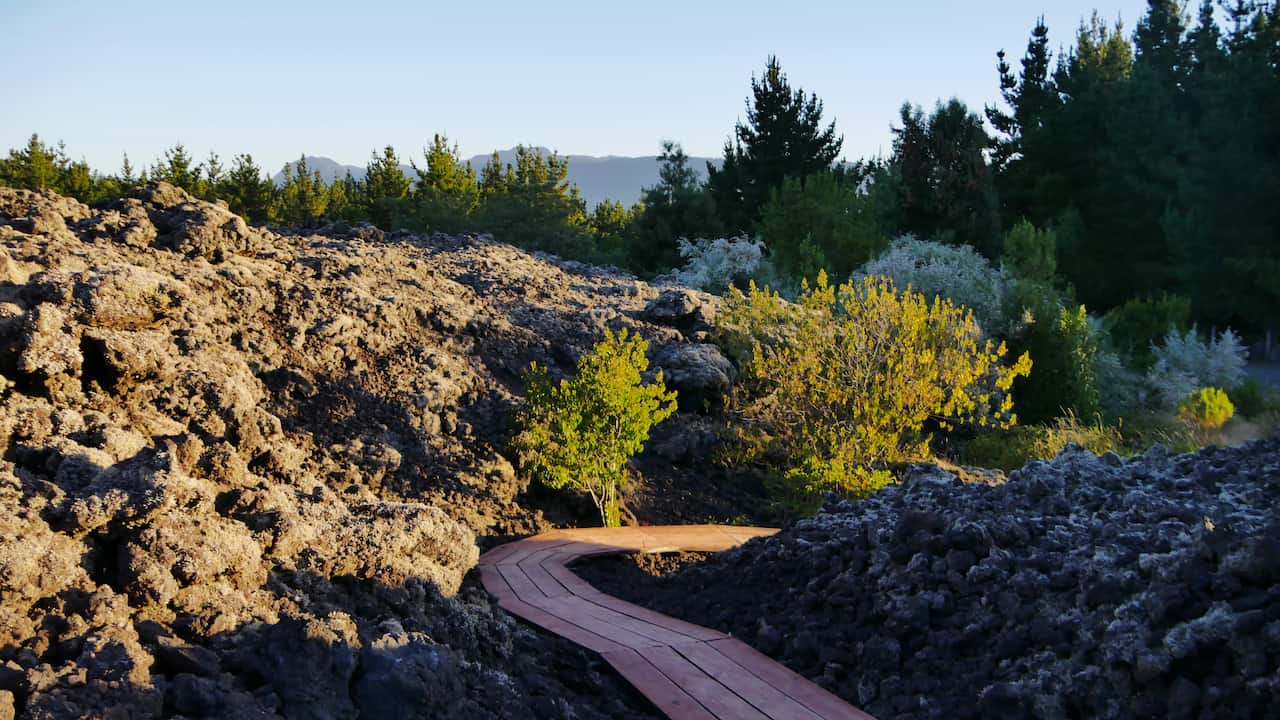
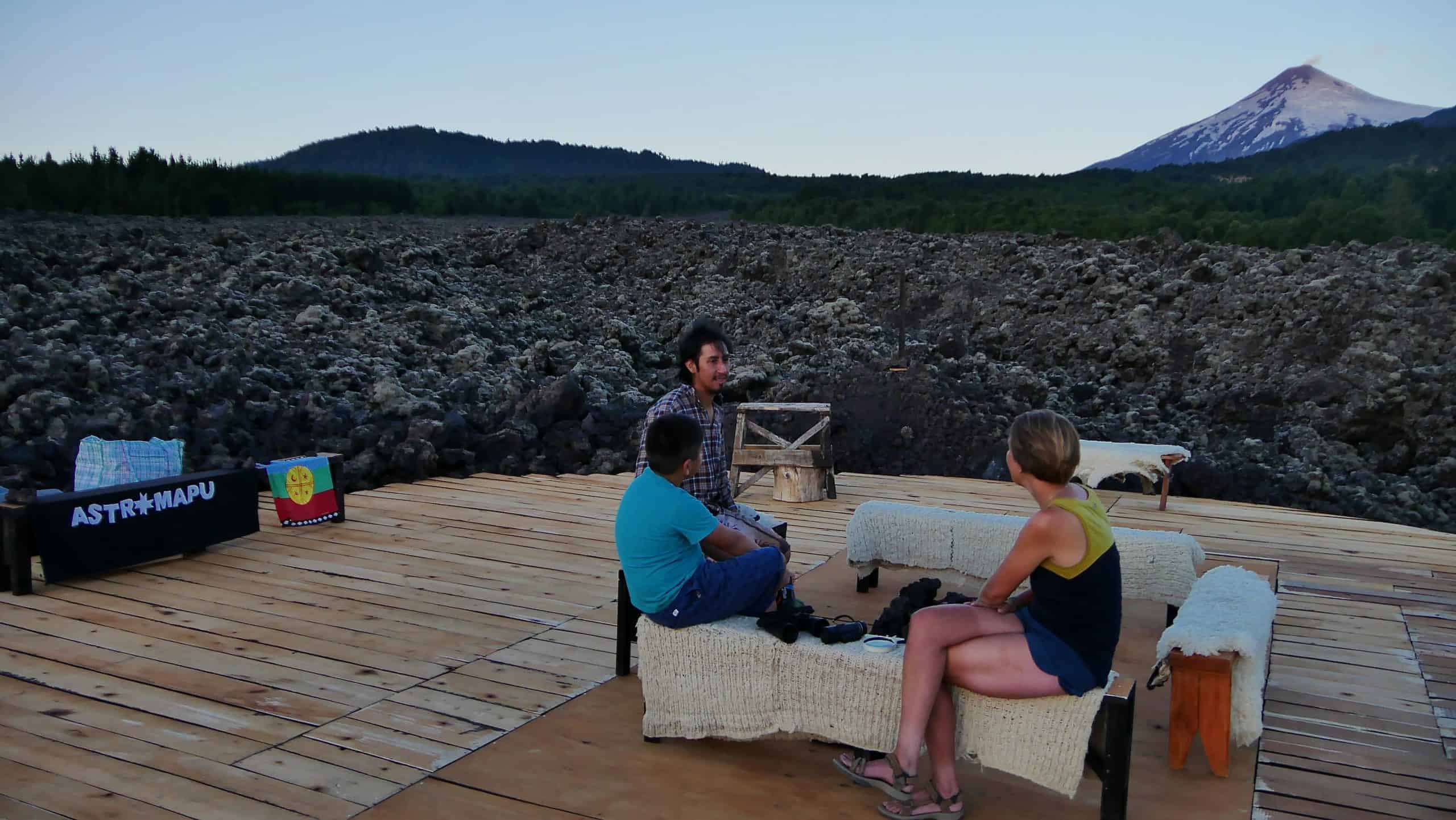

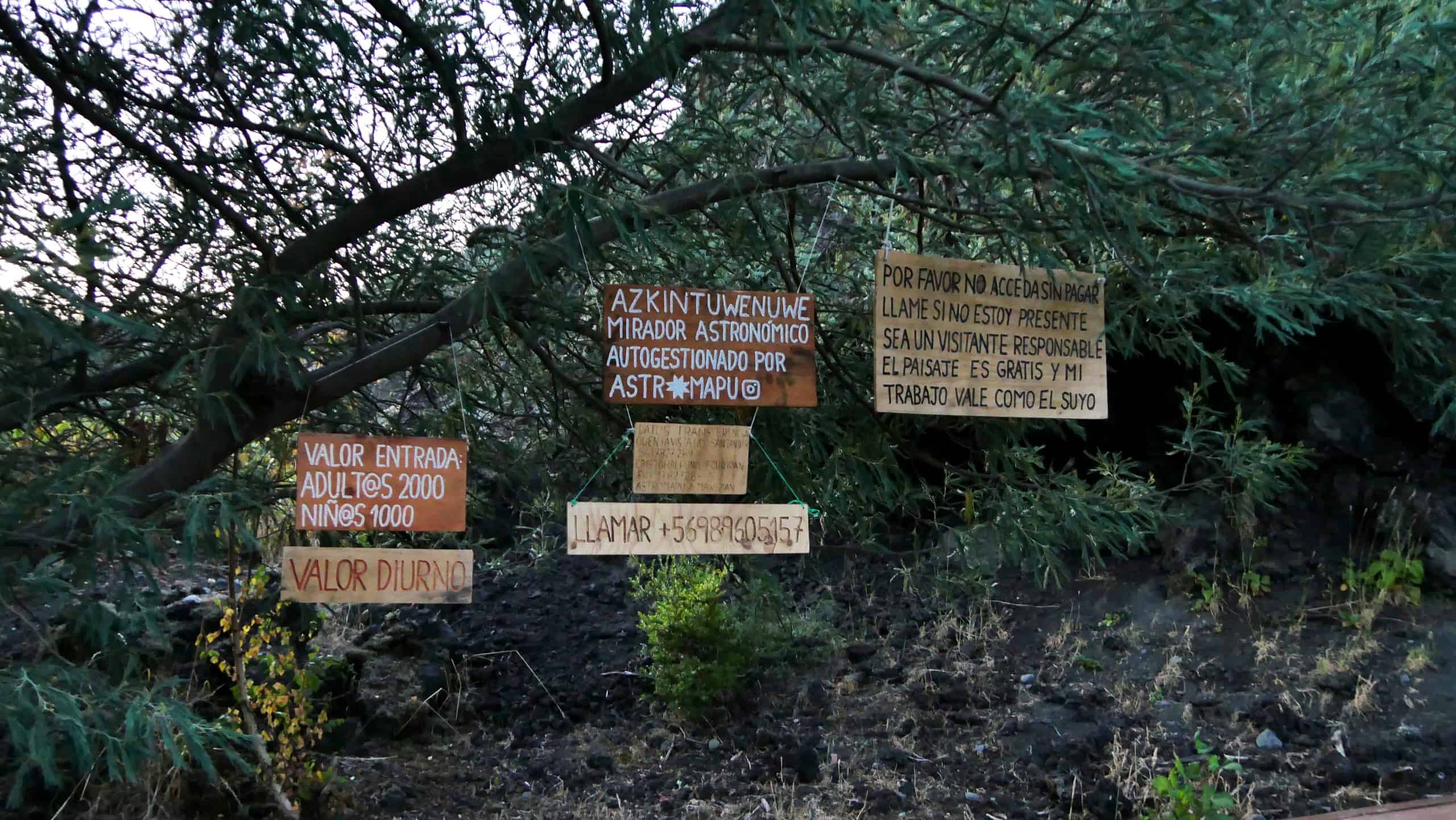
When we cycle past the next day we call and wave to him. We head to Villarrica, on the way to the bus. We are content to say goodbye to the lakes and volcanoes route. The further north we go, the busier it becomes on the road and at the lakes. Santiago epitomizes a new start for us. We are then close to Mendoza, where our journey south started about five months earlier. We have not been further north than this. That, the new setup and the new countries in prospect mark Santiago for us.
We both have nerves in our stomachs as we drive to the bus station. You are never sure if, how and for what price you can take your bicycle with you. We are lucky with our driver. In the morning in Santiago, our bikes emerge from the bus unscathed. We ourselves are more devastated by the night bus journey. It is still early when we rig up our bikes again. In front of a McDonalds, where it stinks of piss and garbage is blowing around, we contact our friend Human via Wi-Fi. He is already in Santiago and has our things with him. After a moment we embrace each other in front of his hotel. He has a motorcycle trip of almost 3 months ahead of him. Roughly the same route as Paul and I rode by bike. This is a piece of cake for him, since his job is to make trips and document them for millions of Iranians around the world who enjoy his episodes. It was no problem for him to bring a few things for us in addition to his enormous motorcycle and film equipment. We spend the day together working on our faithful two-wheelers. Hungry from all the work, we end the day with large pizzas in a simple restaurant. Unfortunately, Human leaves the next day.
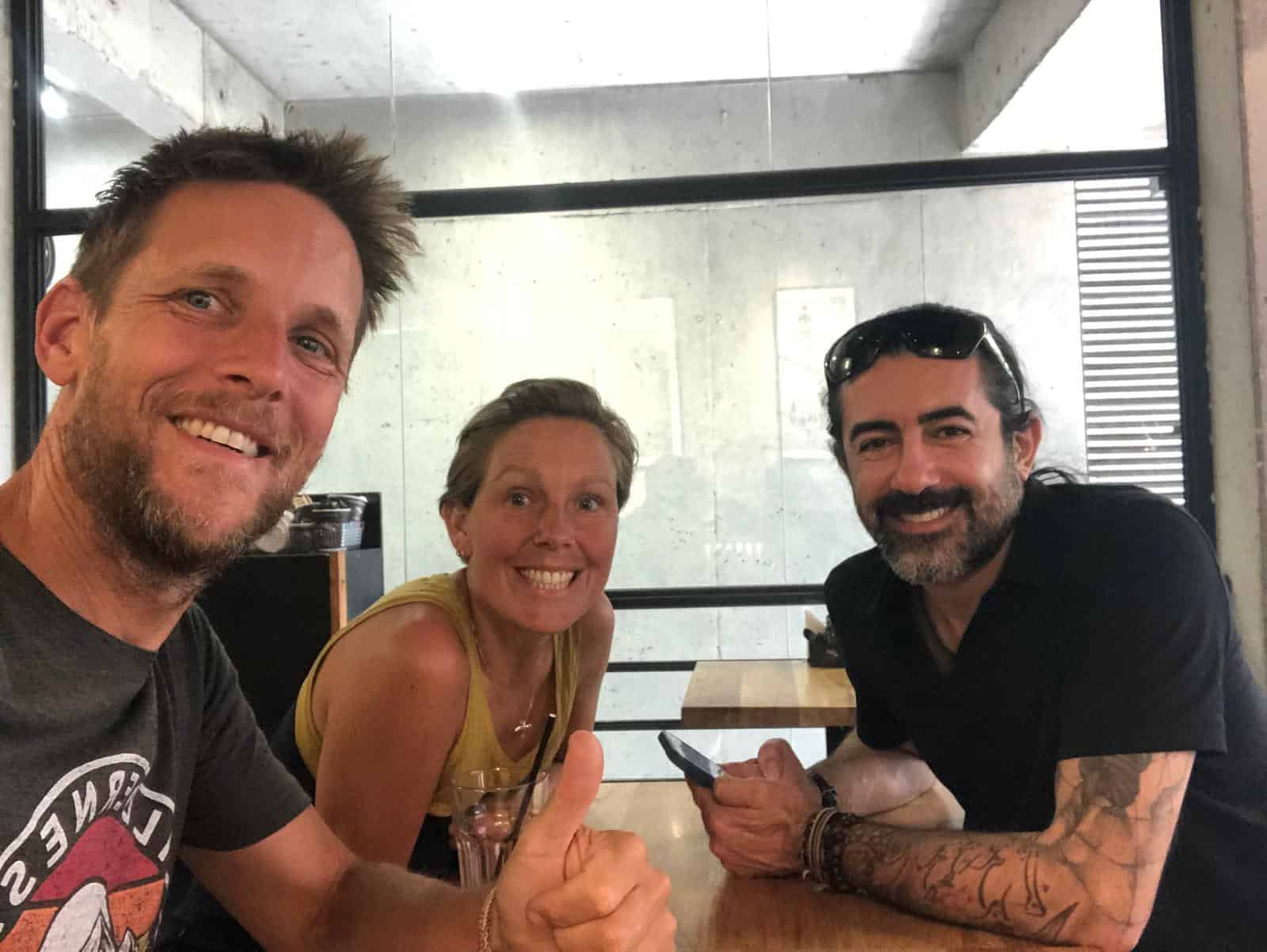
When we walk around Santiago I am shocked by the sad sight of the homeless here. We have hardly seen that since Buenos Aires. There are tents where people live in all kinds of places in the city. When we cycle through an elongated park that lies between the two directions of a major street, a mixture of stenches fills our noses. Sweat, pee, alcohol… while we cycle through many tents and people lying in the grass. I see a girl about 10 years younger than me sitting against a tree. She looks unkempt and unhealthy. How did she get there? How did she get like this? The sight hurts me, but I have no idea what I could do for her and her fellow sufferers here and now. How is it possible that her life and mine are light years apart, while we are both ‘just’ a young woman, perhaps with the same humor, intelligence, interests? I try to push myself away from being carried away by such thoughts until I feel nauseous and defeated. And then blame myself for ‘just putting it aside’ and continuing with my privileged life. Of course it is more beautiful to cycle through Carretera Austral-like area. Still, it feels good every now and then to take a look at life in the city and how hard it can be. Not to forget that that is also there. And that we, as humanity, including me, have to do something with that!
Even if those in need aren’t as cute and cuddly as these stray puppies we found with their mother at a bus stop..
(We have been promised that someone will take care of them. Hopefully also of the less ‘cute’ mother stray dog.)
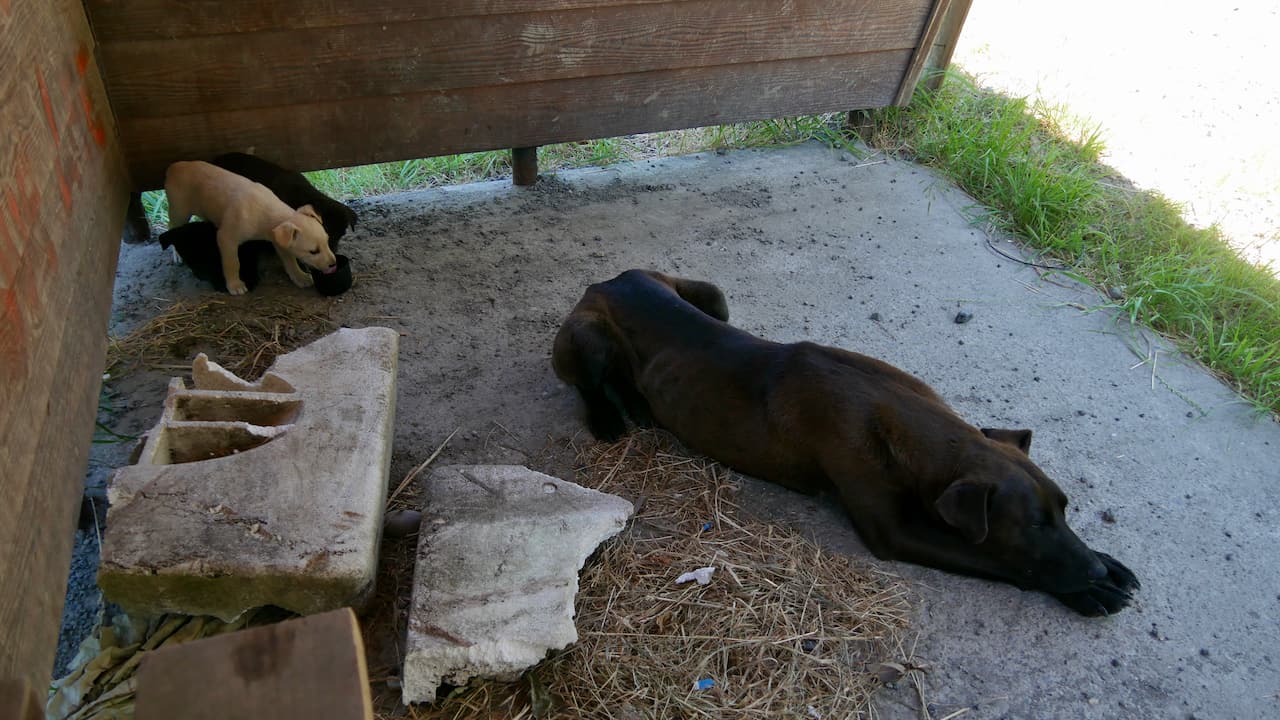
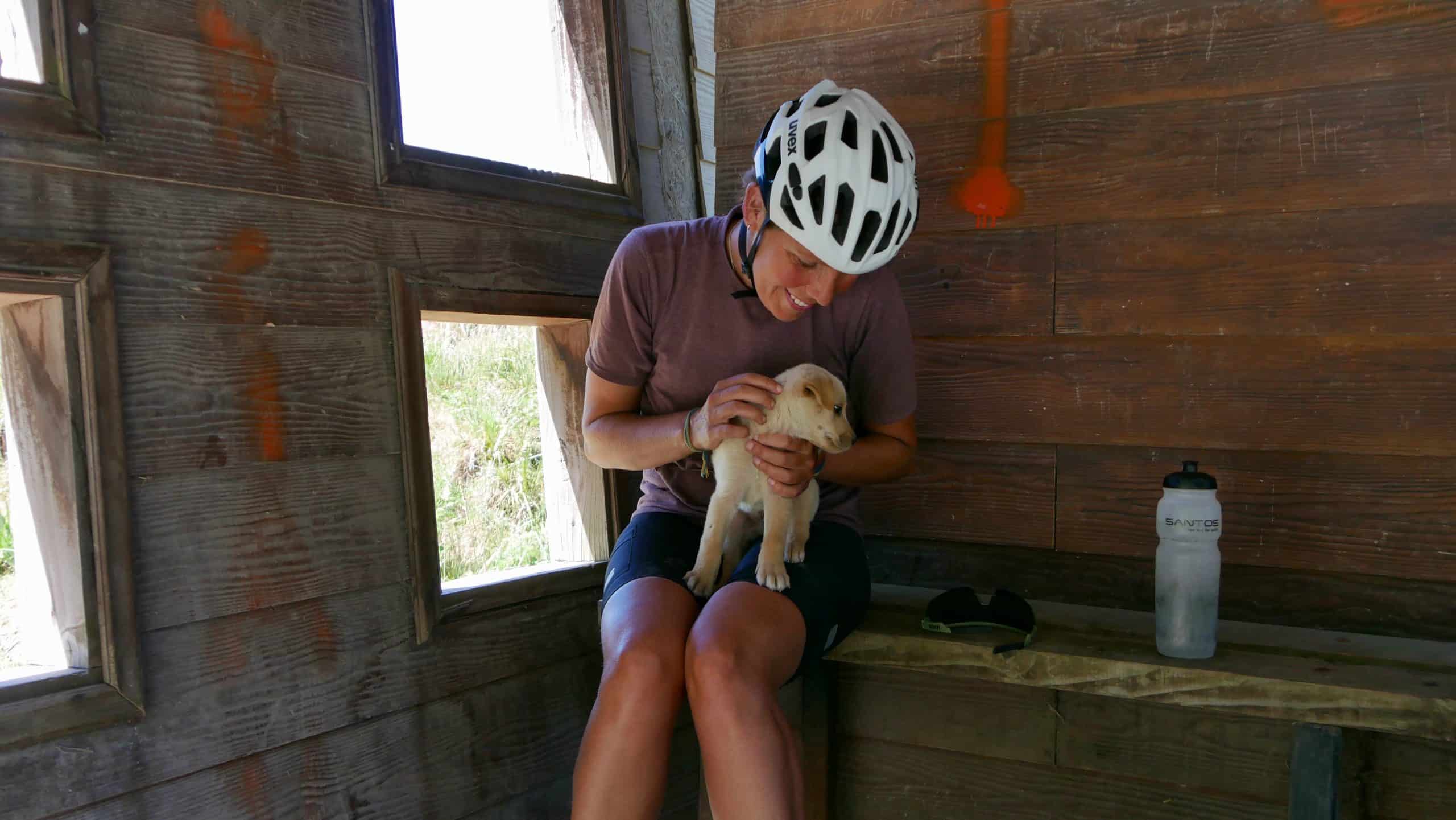
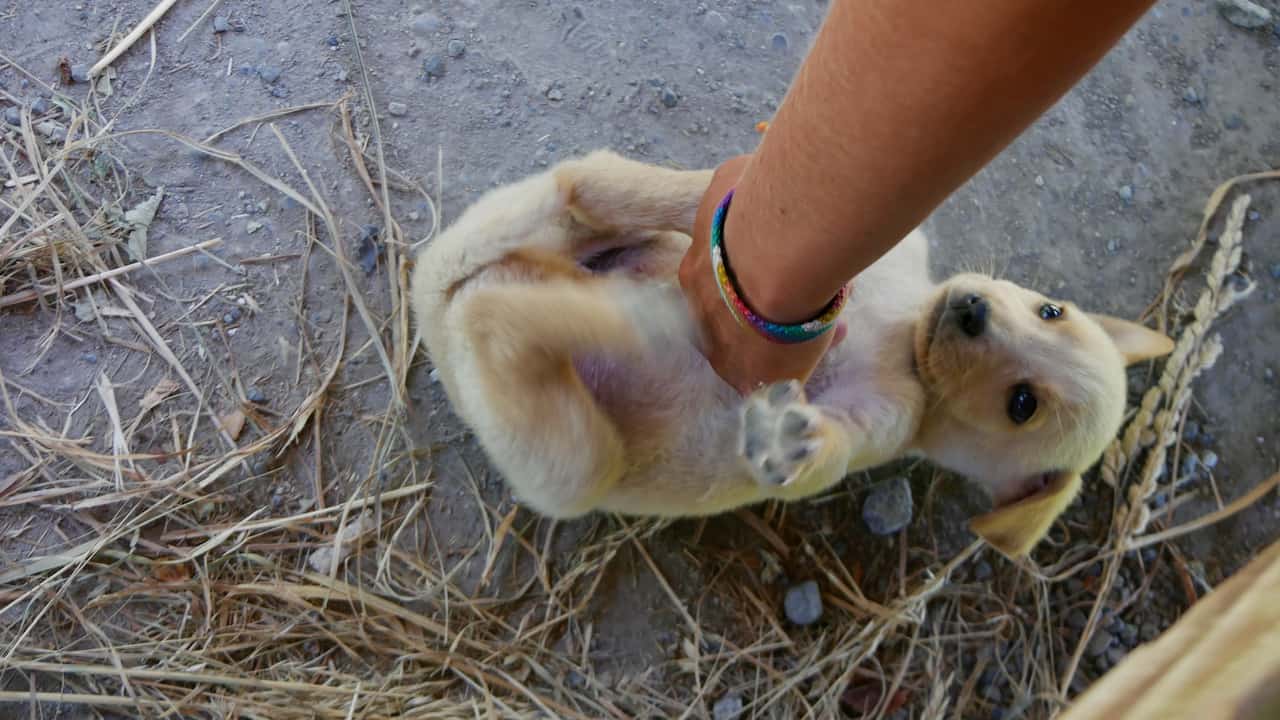
We will stay in Santiago for a few more days where we will stay with a very friendly WarmShowers host, named Federico. He lives in an immaculate, serene and comfortable apartment. Delicious! Yet we are actually too busy to fully enjoy this. I do take the opportunity to quietly make some phone calls to my parents. We also enjoy the luxury of being able to watch ‘Who is the mole?’ and the Cyclo-cross World Championships (live) projected large on the spotless wall (I don’t have to tell you who won the World Cup, right?).
Federico helps us with a route out of the city and the first 700 kilometers north. These will take place in Chile before we cross to Argentina via a 4780 meter high pass.
But I will write about that sweltering and arid adventure, next time…
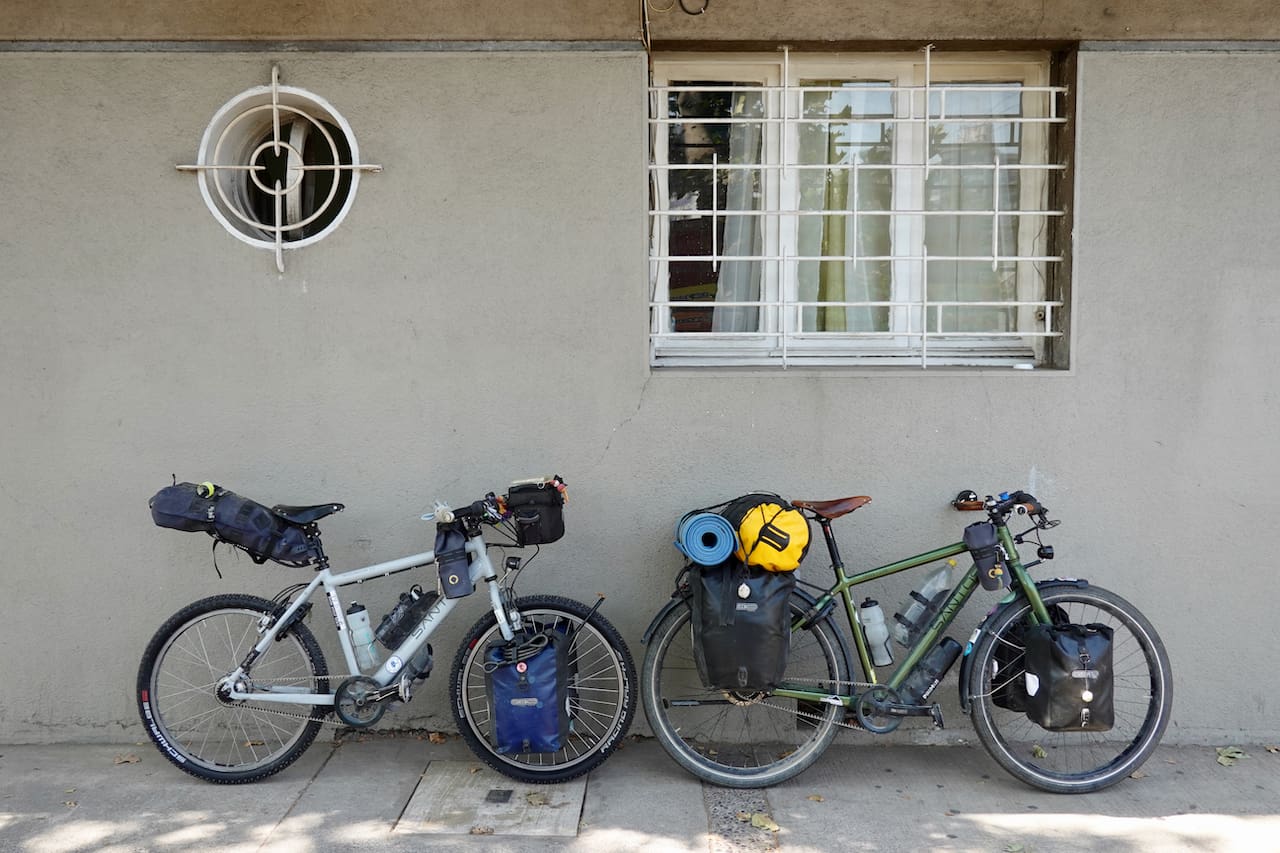
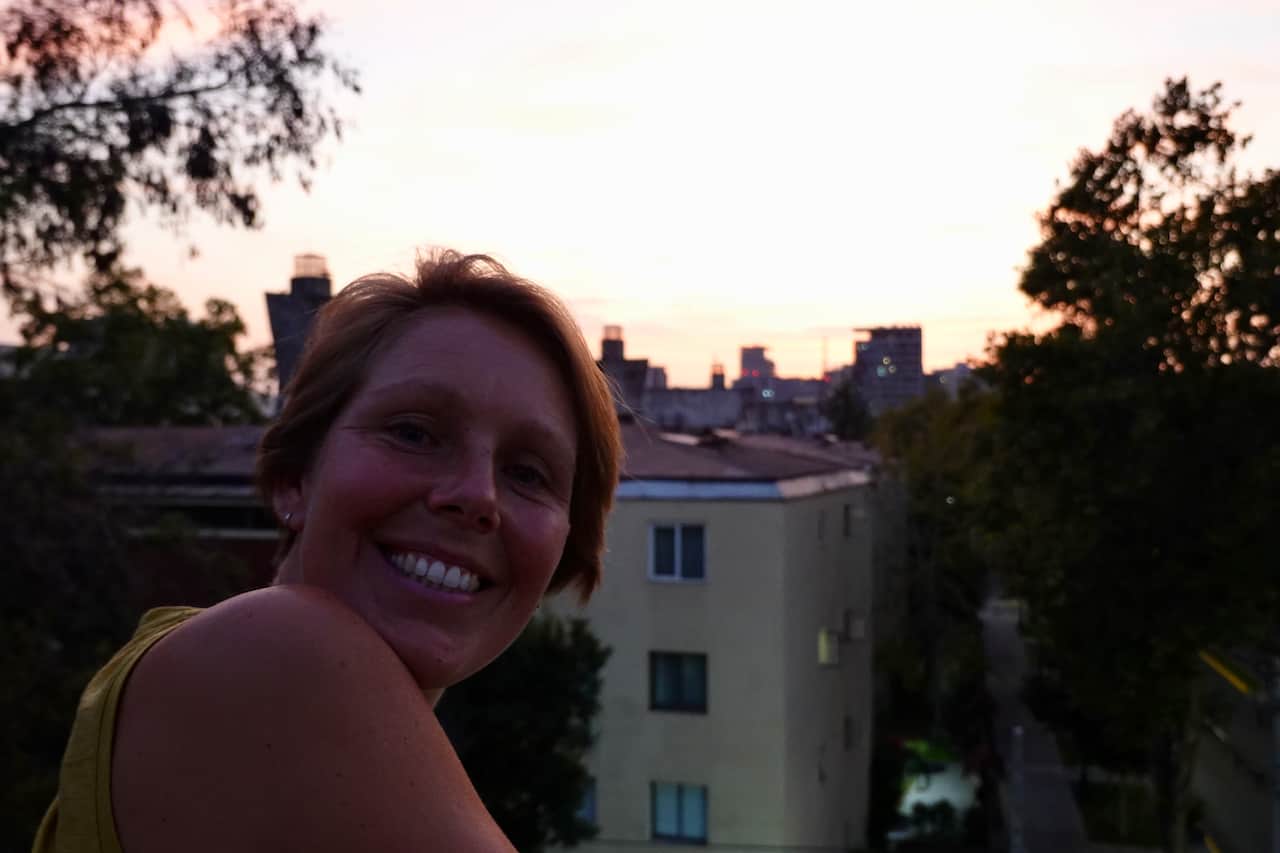
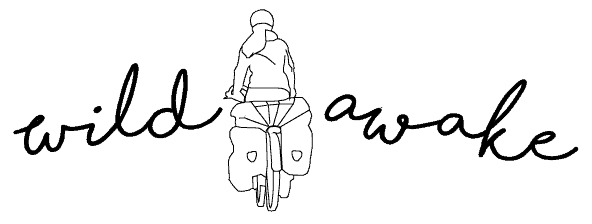
Interesting and enjoyable. Wish I’d spent more time in the Lake District. German influence was a surprise.